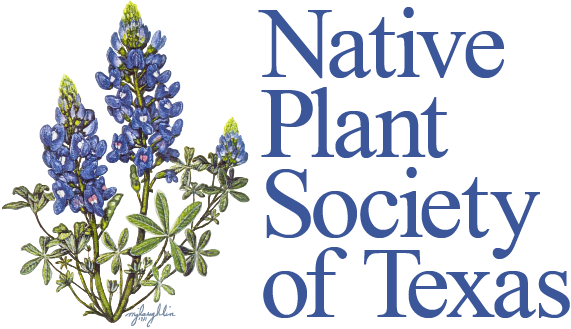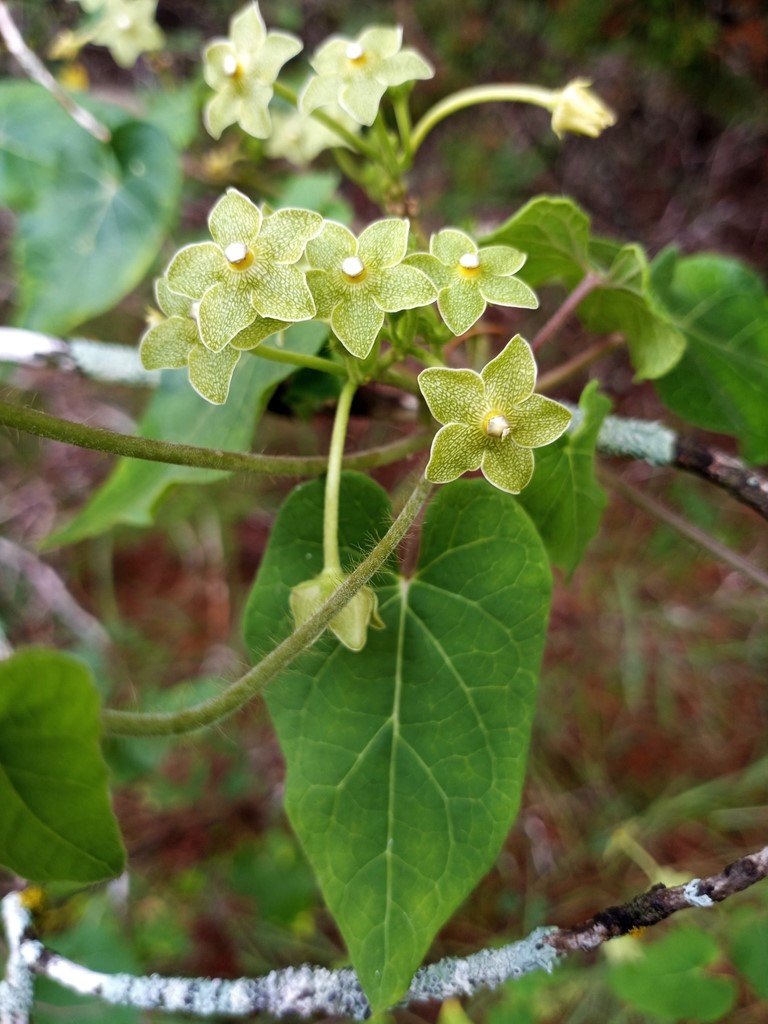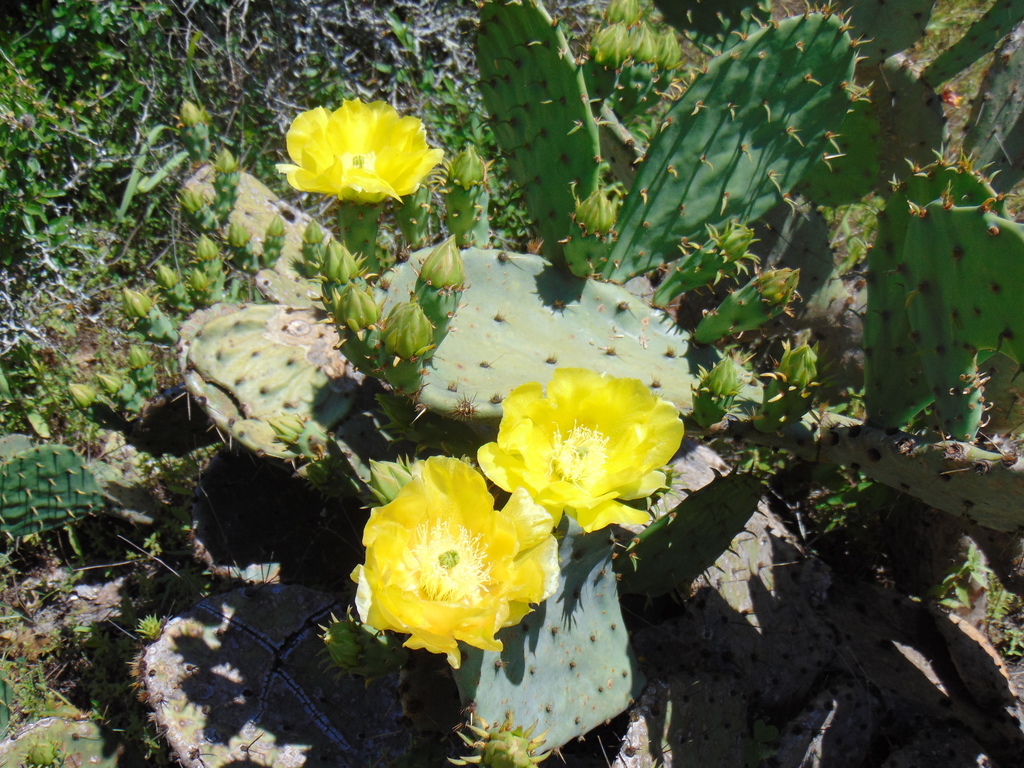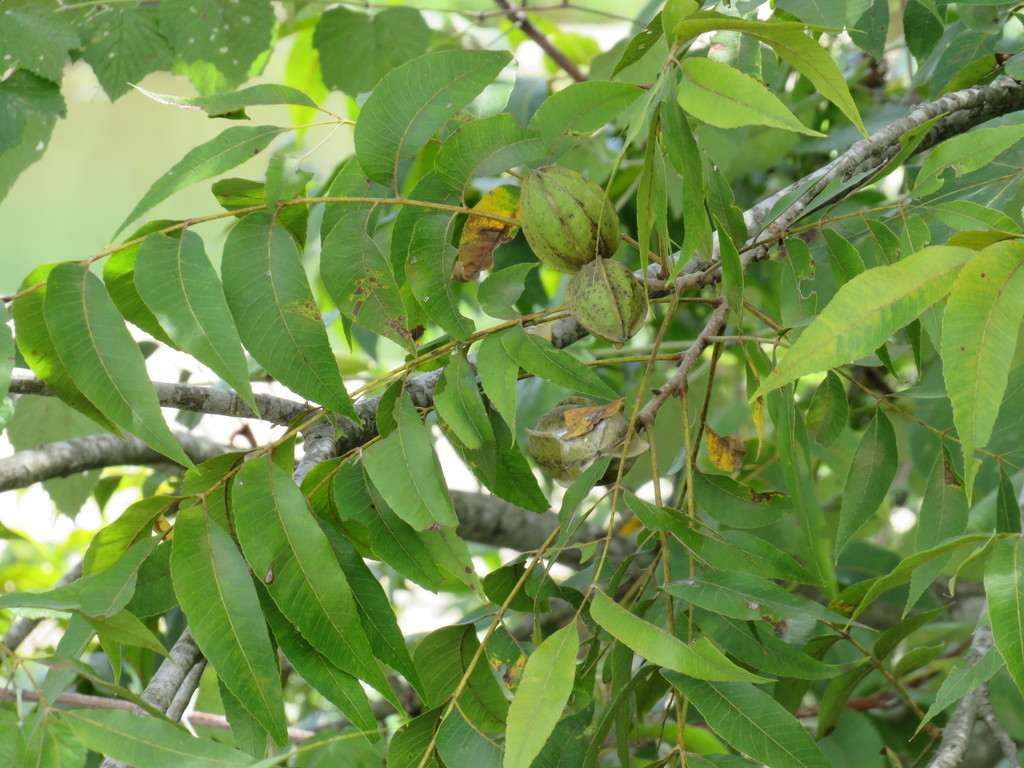Dallas Chapter - Spring Plant Sale
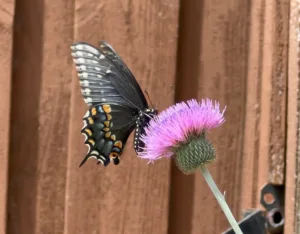
Save the date!
Join us for our plant sale at Native Plants and Prairie Day on May 4, a free event celebrating our Blackland Prairies! Don’t miss this chance to add new native plants to your landscape and support your local NPSOT chapter.
Details
When and Where
When: May 4 10:00-3:00 (or until sold out)
Location: Bath House Cultural Center at White Rock Lake 521 E Lawther Dr Dallas, TX 75218
Plant List
This is our current plant list. Please note that this list is still being updated as we are adding additional species and may change as the sale approaches.
Herbaceous
Meadow Garlic
Allium canadense
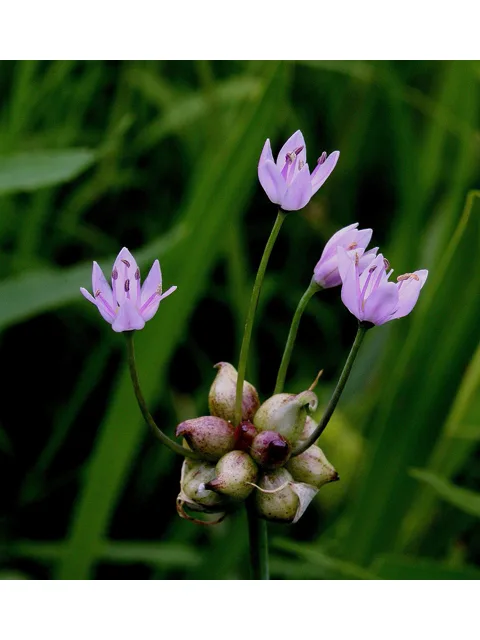
Prairie Onion
Allium stellatum
Wild Red Columbine
Aquilegia canadensis
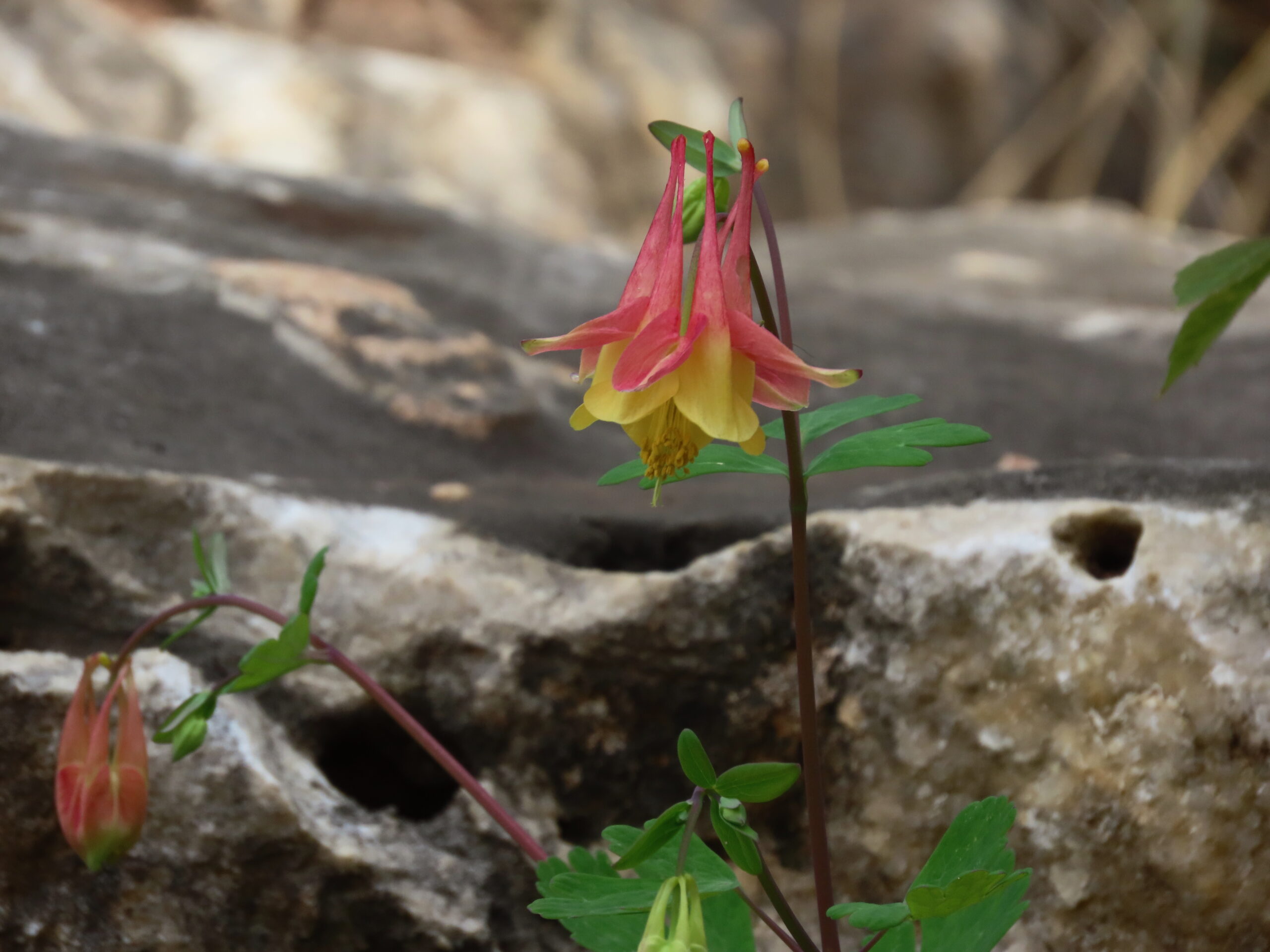
Zizotes Milkweed
Asclepias oenotheroides
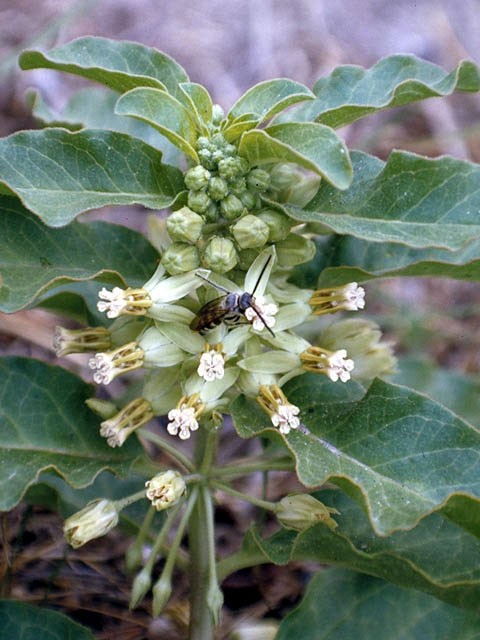
Green Milkweed
Asclepias viridis
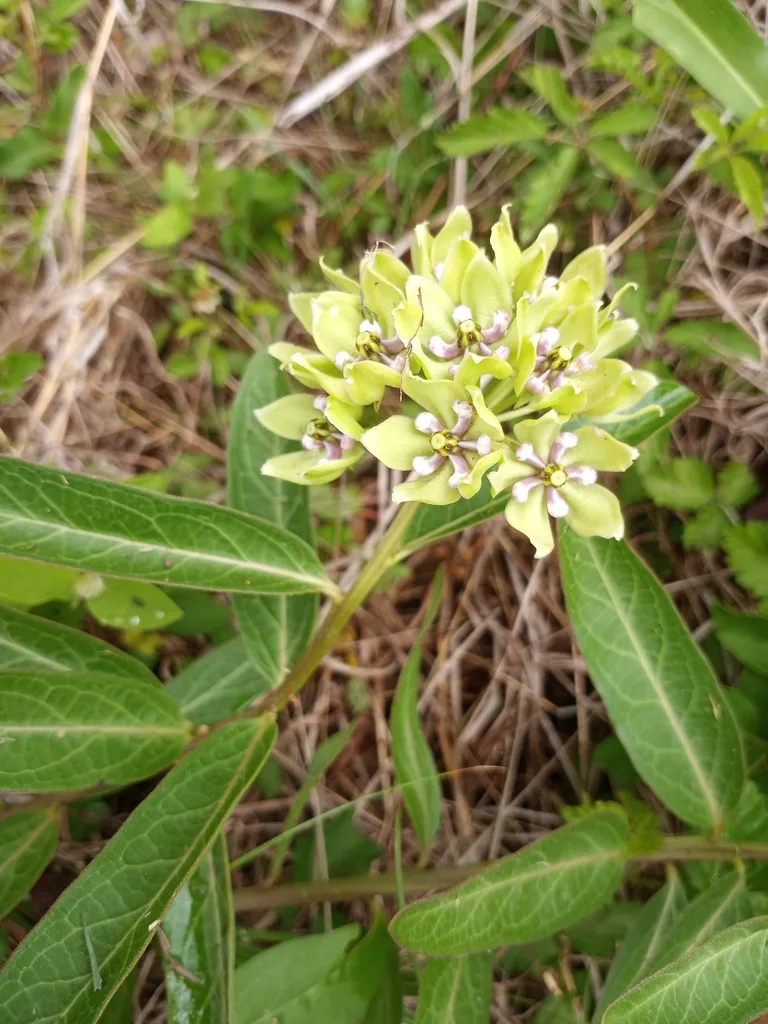
Tall Poppymallow
Callirhoe leiocarpa
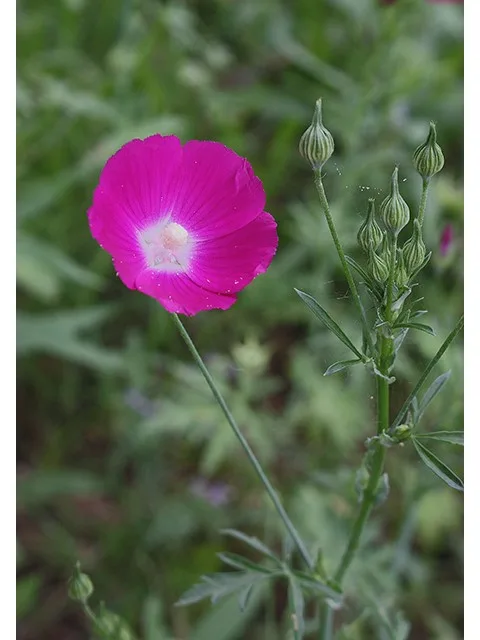
Texas Thistle
Cirsium texanum
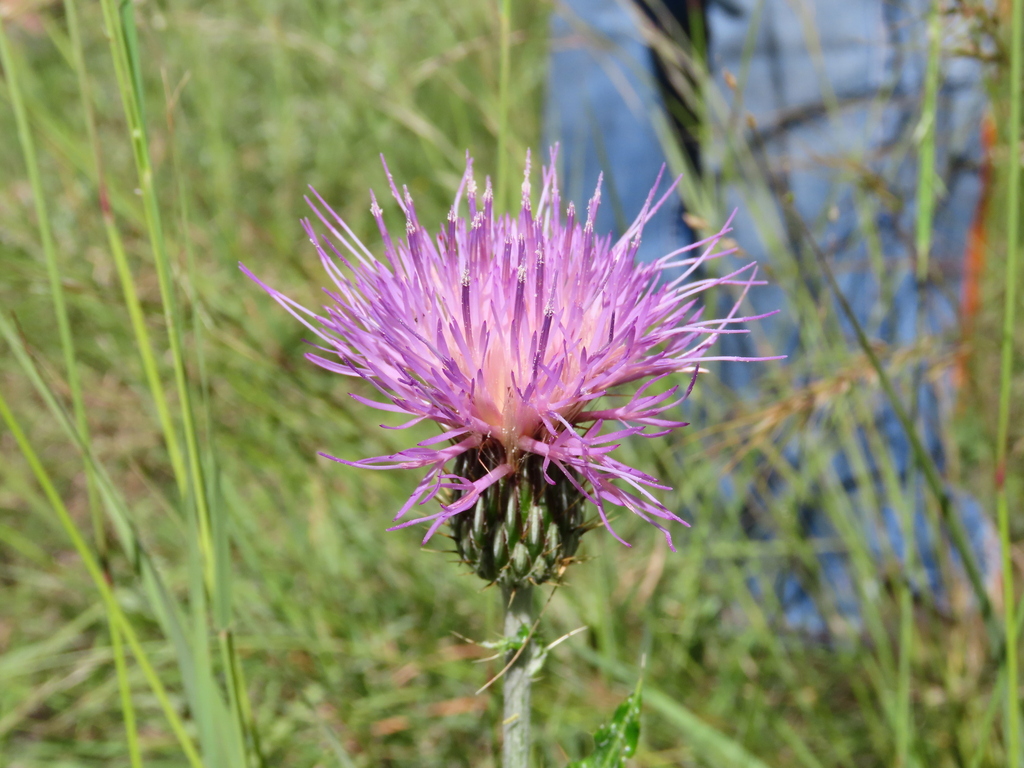
Gregg's Mistflower
Conoclinium dissectum

Lanceleaf Coreopsis
Coreopsis lanceolata
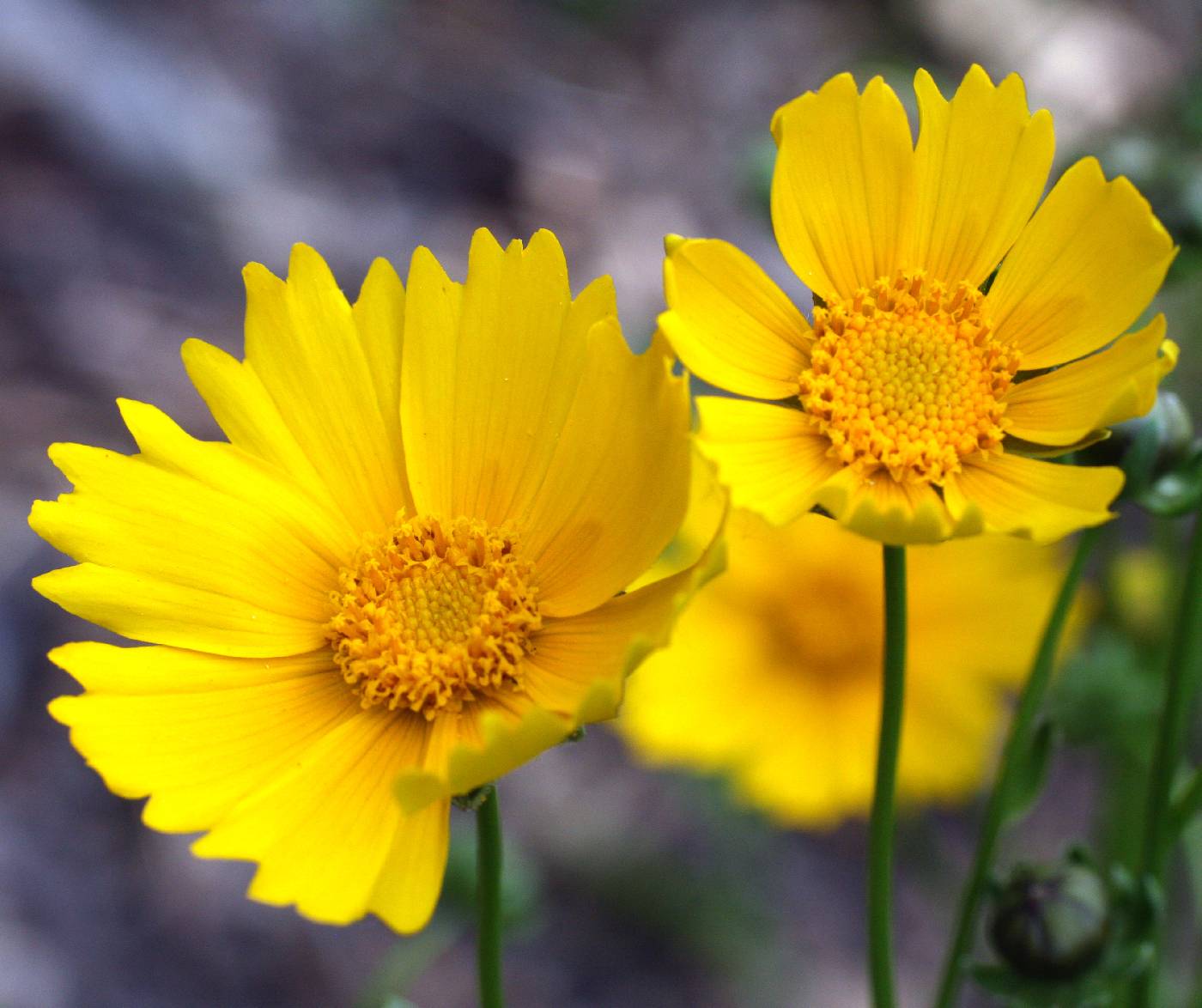
Angel Trumpet
Datura wrightii
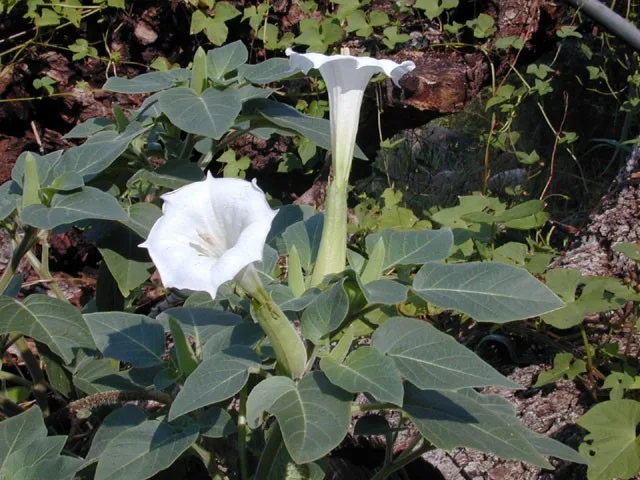
Engelmann's Daisy
Engelmannia peristenia
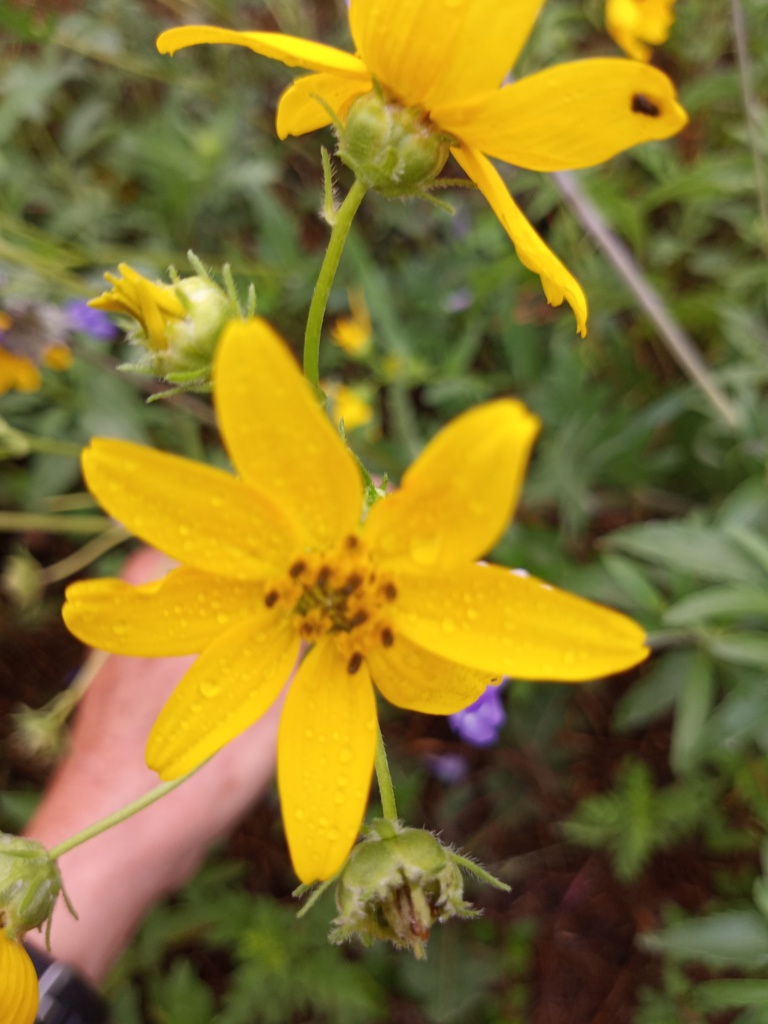
Longleaf Buckwheat
Eriogonum longifolium var. longifolium
Late Boneset
Eupatorium serotinum
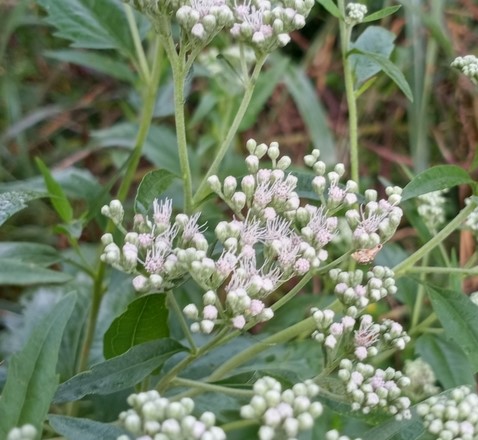
Firewheel
Gaillardia pulchella
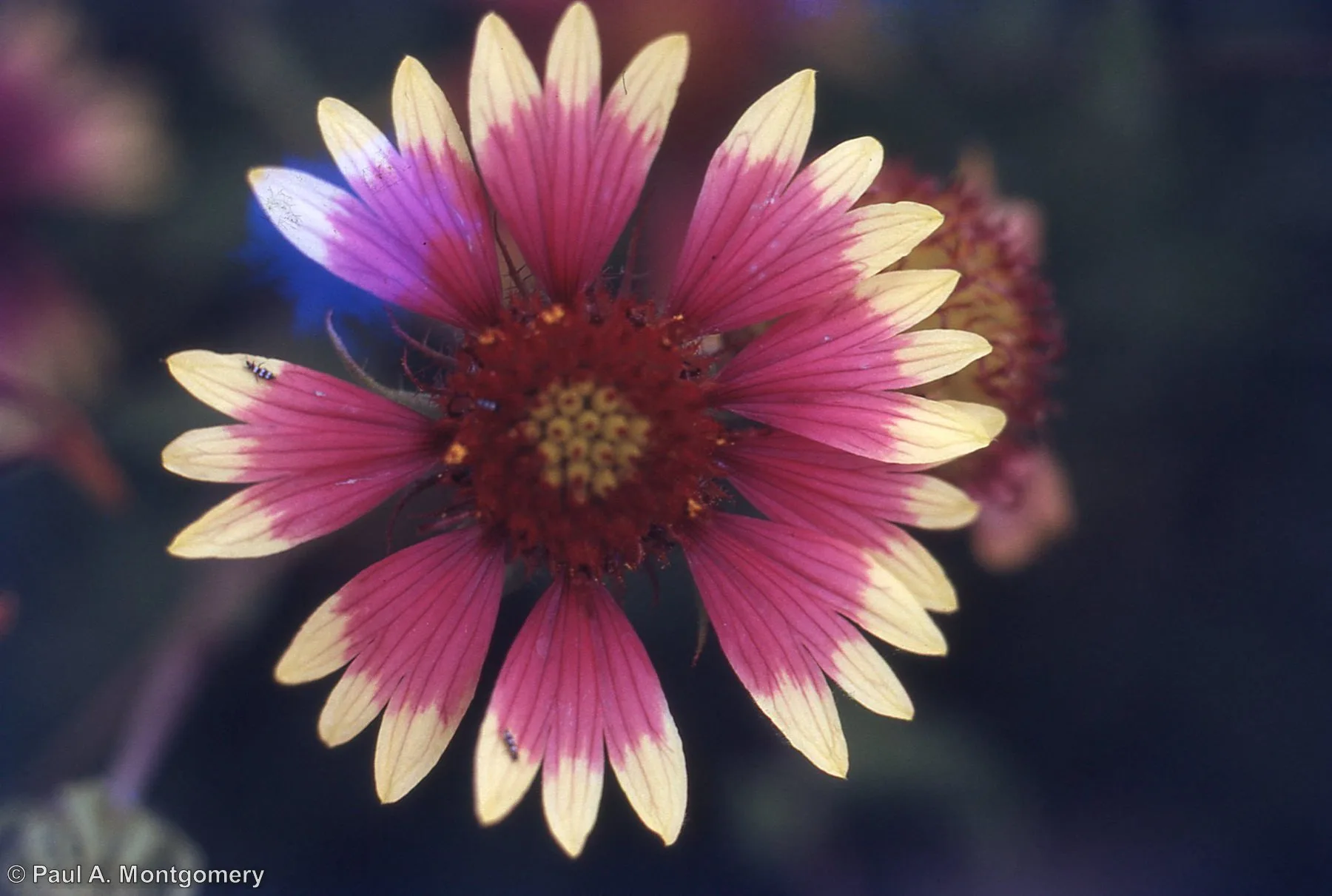
Prairie Verbena
Glandularia bipinnatifida
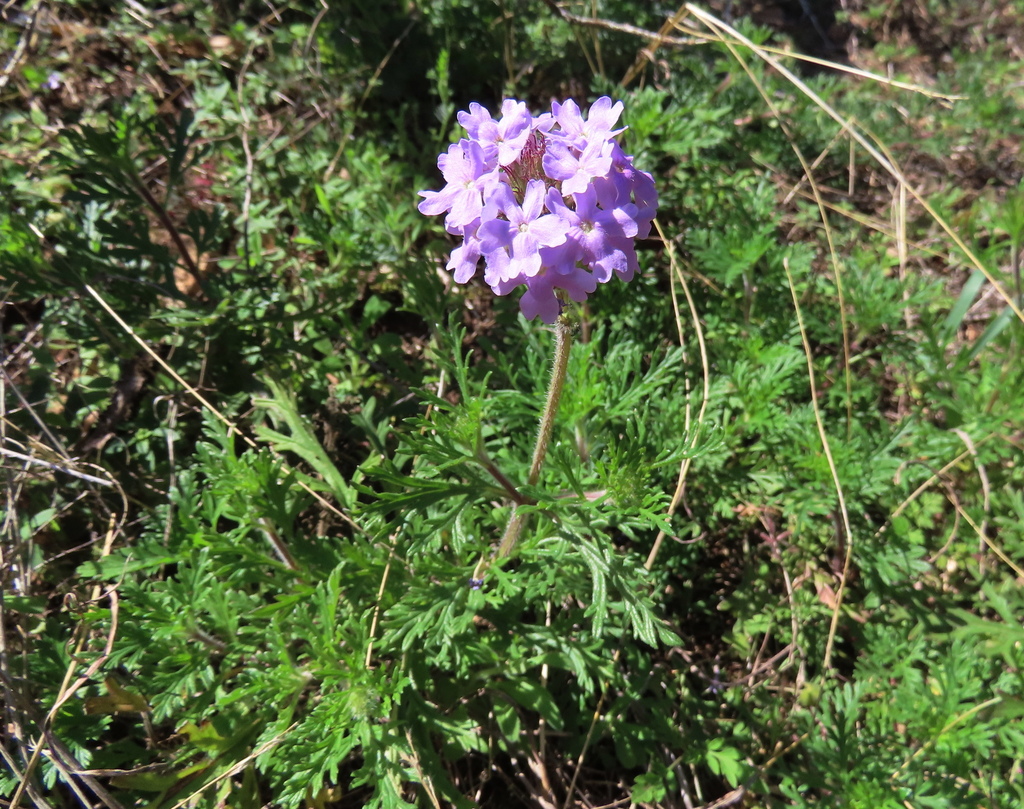
Hairy Sunflower
Helianthus hirsutus
Maximilian Sunflower
Helianthus maximiliani
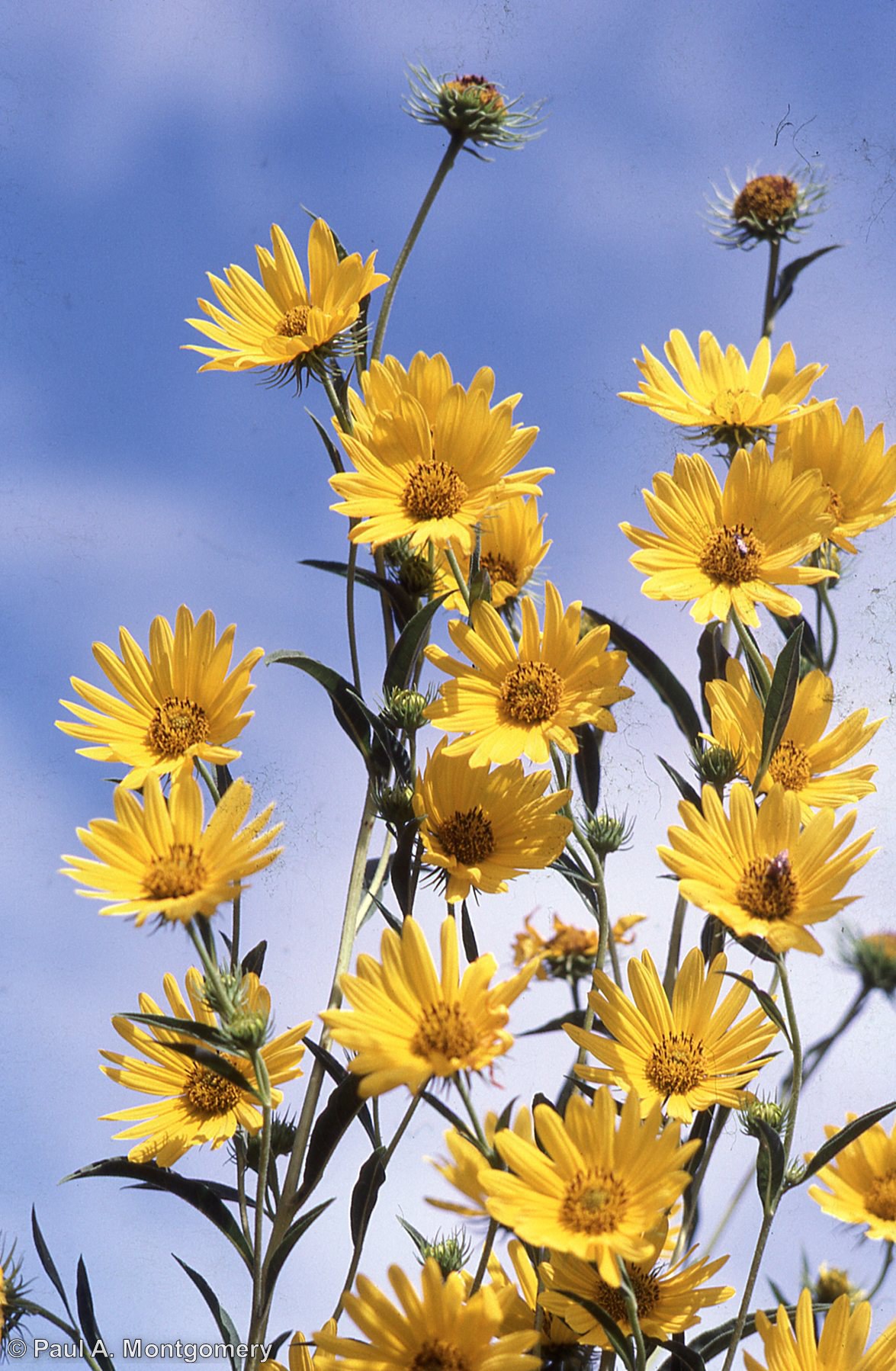
Standing Cypress
Ipomopsis rubra
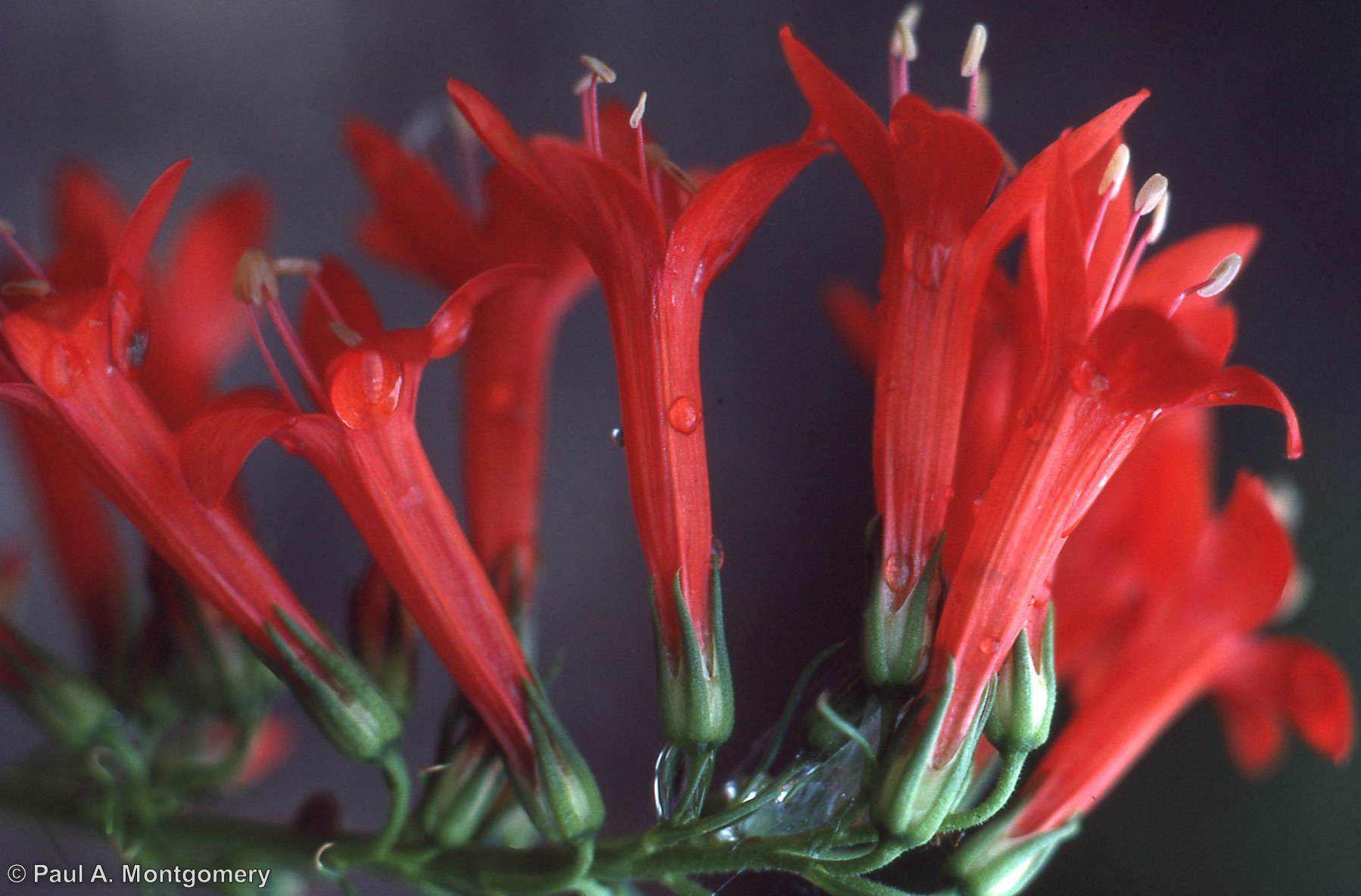
Texas yellowstar
Lindheimera texana
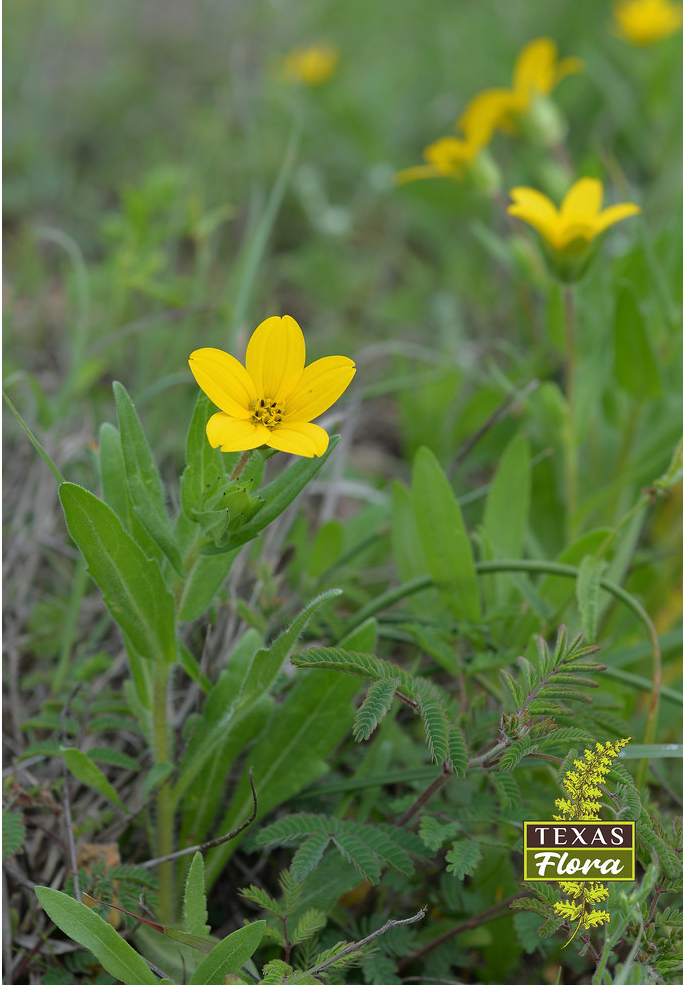
Horsemint
Monarda citriodora
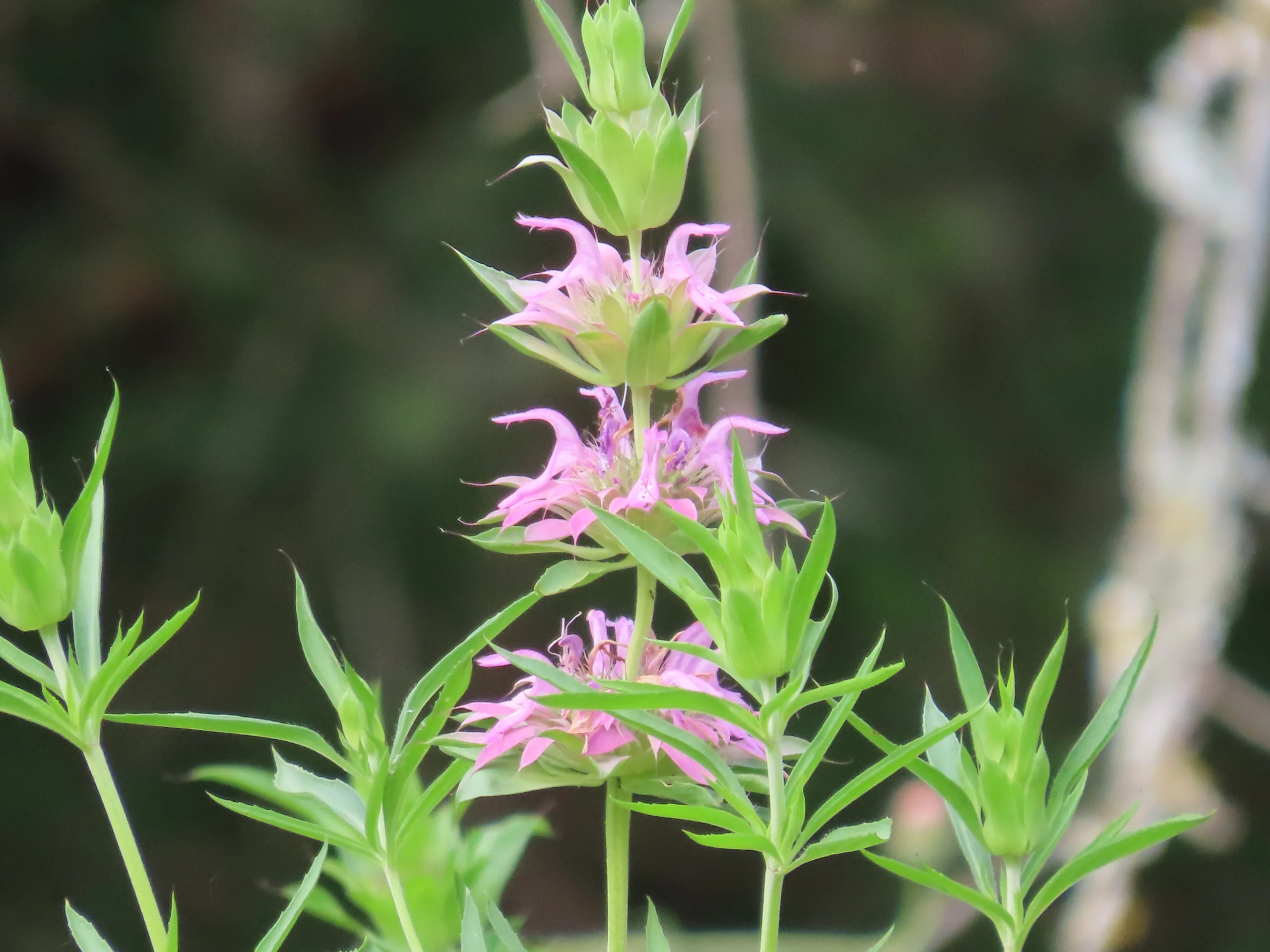
Pink Evening Primrose
Oenothera speciosa
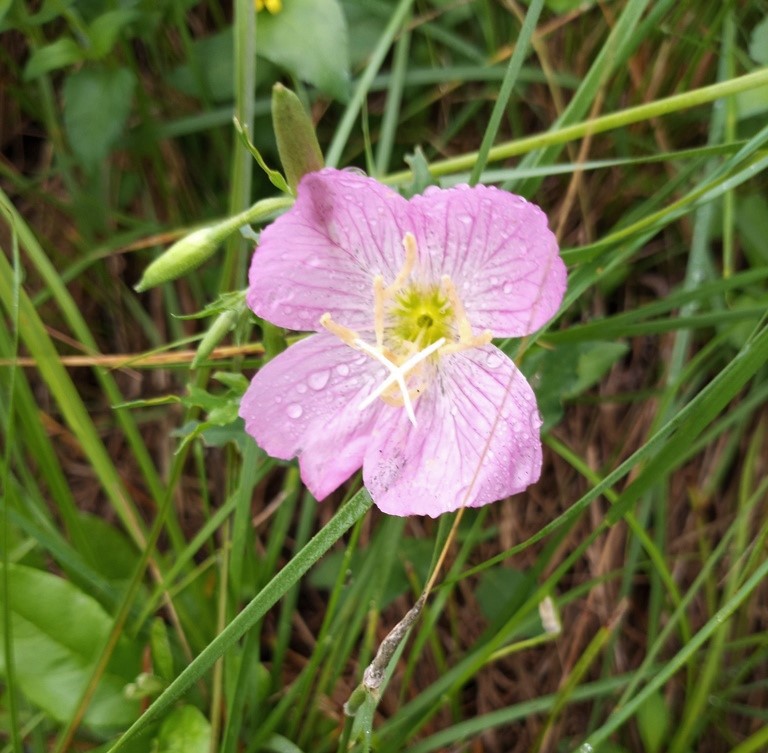
Golden Groundsel
Packera obovata
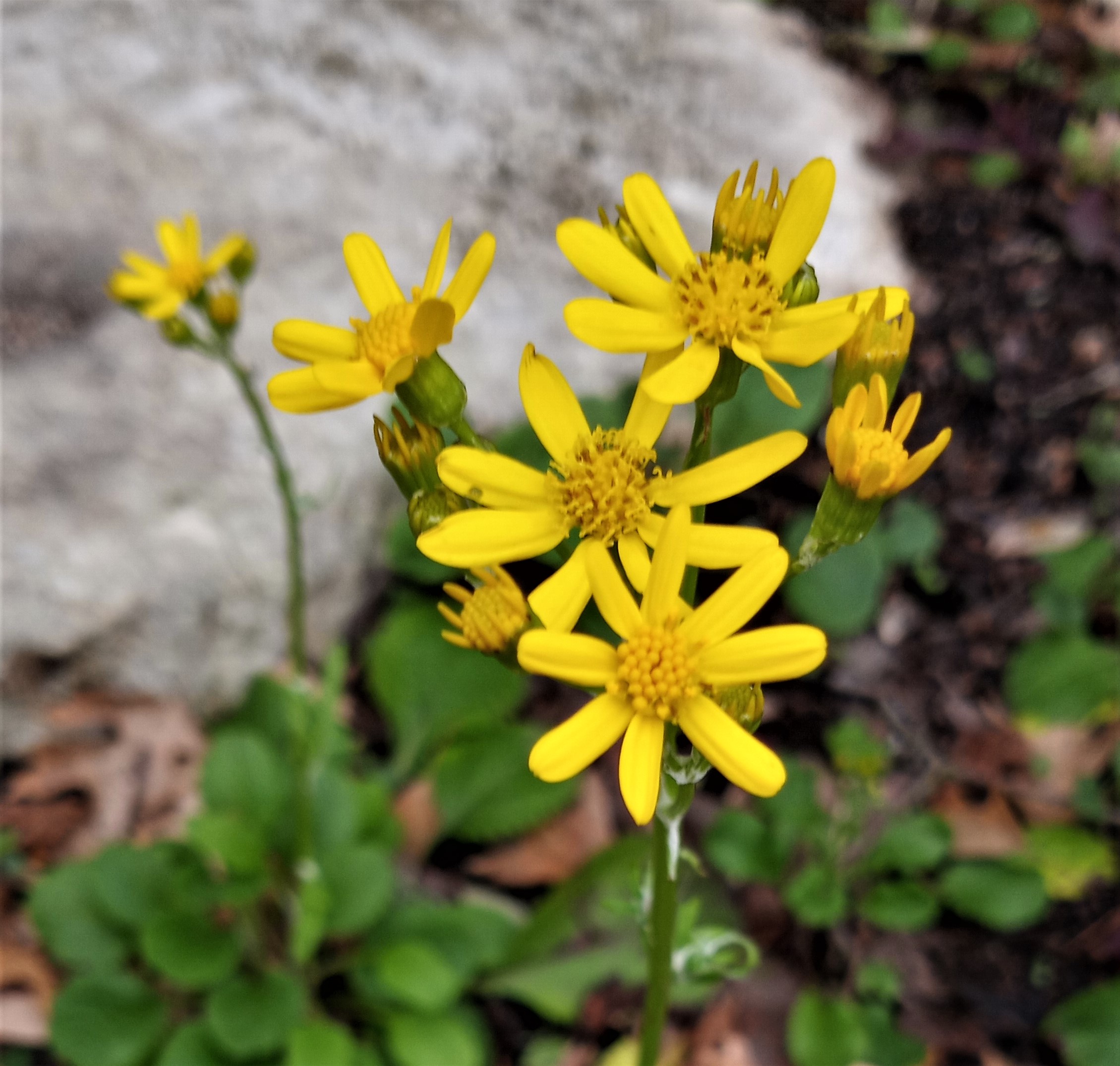
Wild Foxglove
Penstemon cobaea
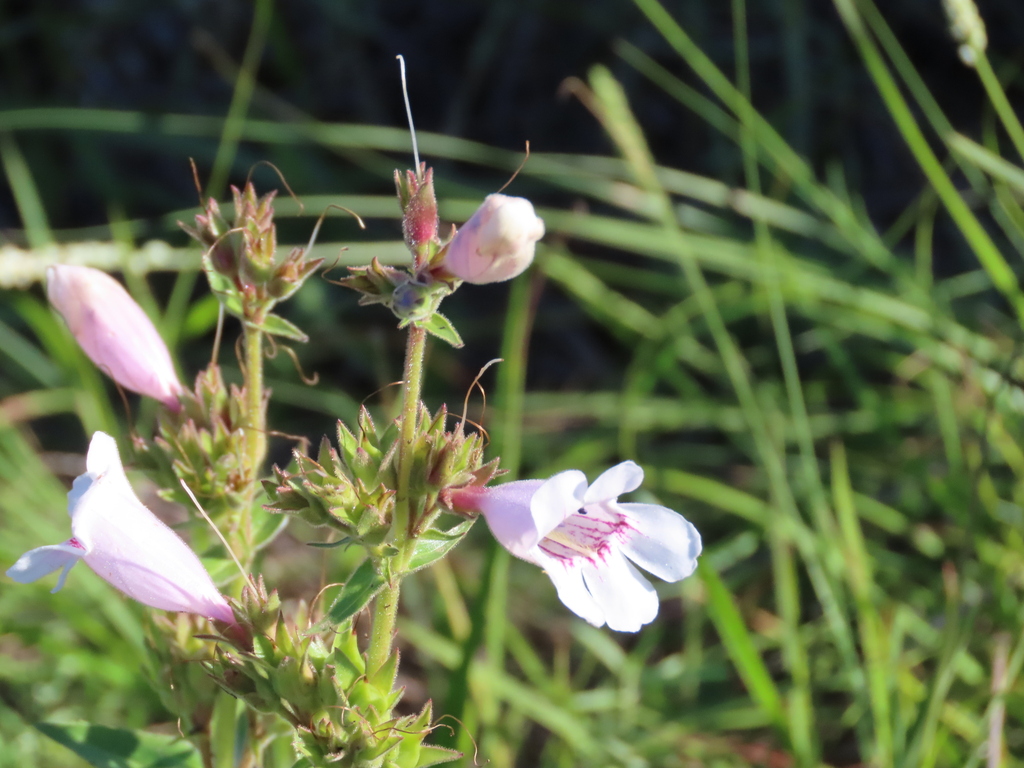
Gulf Coast Penstemon
Penstemon tenuis
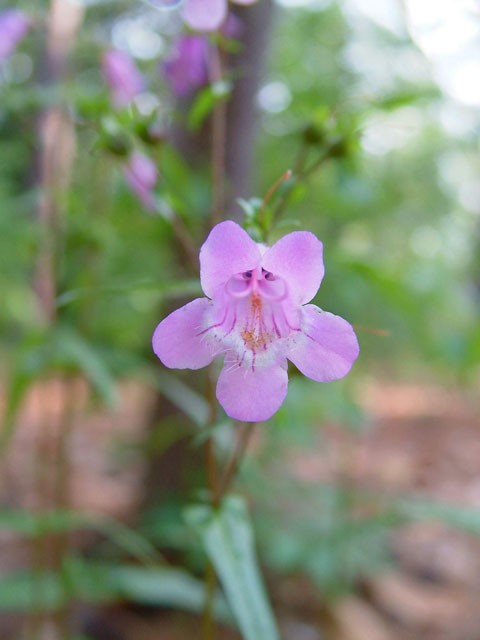
Obedient Plant
Physostegia virginiana
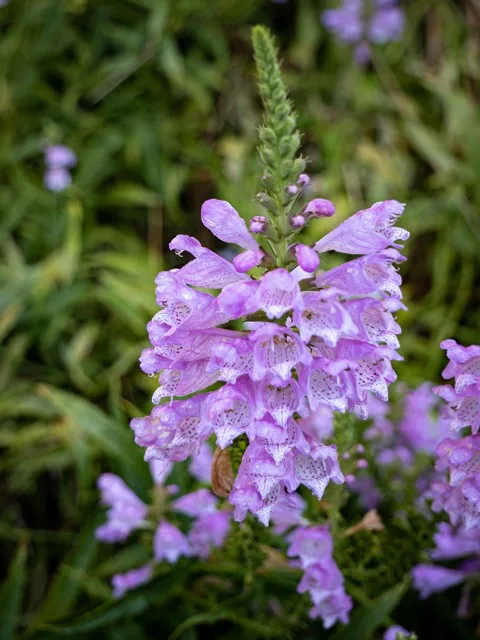
Texas Prairie Parsley
Polytaenia texana
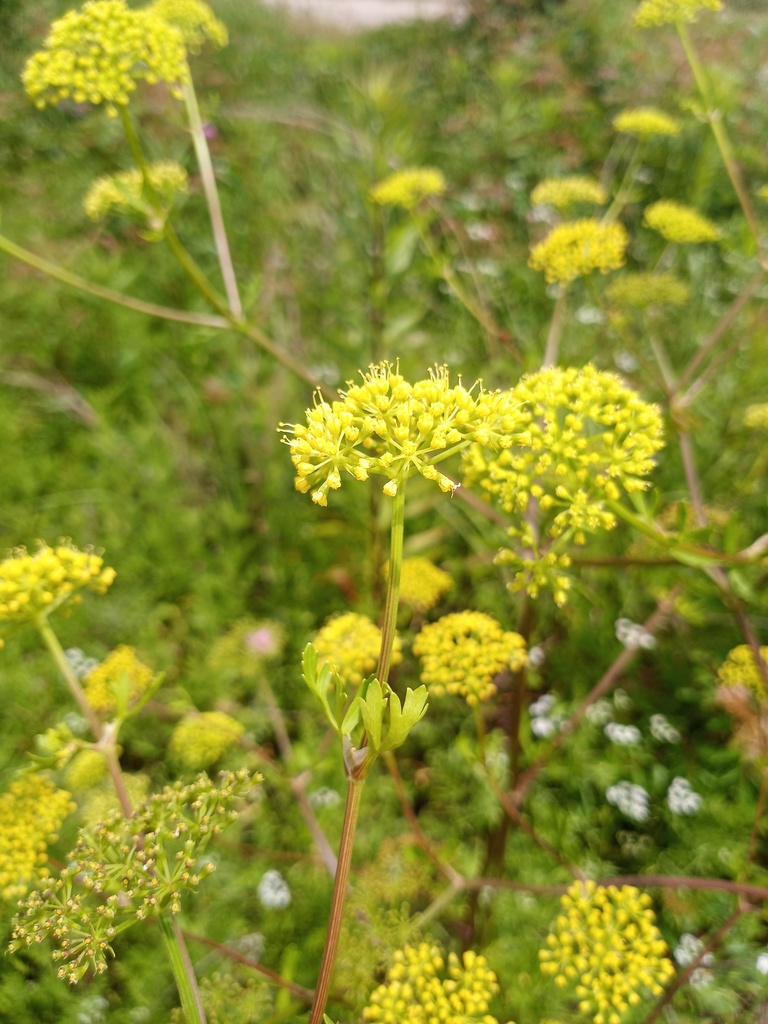
Scurfy Pea
Psoralidium tenuiflorum
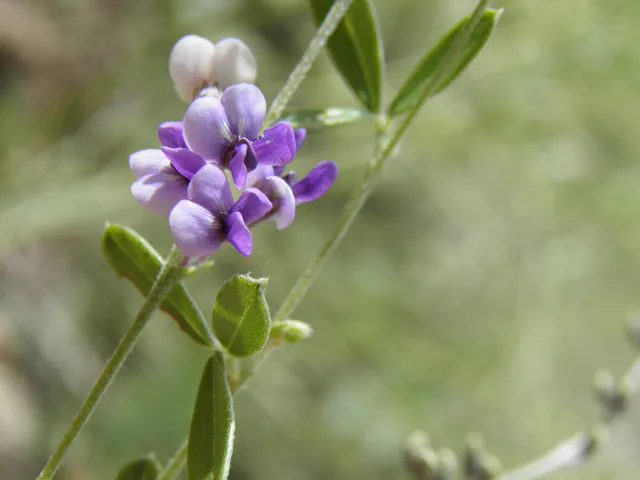
Narrowleaf Mountain Mint
Pycnanthemum tenuifolium
Pigeonberry
Rivina humilis
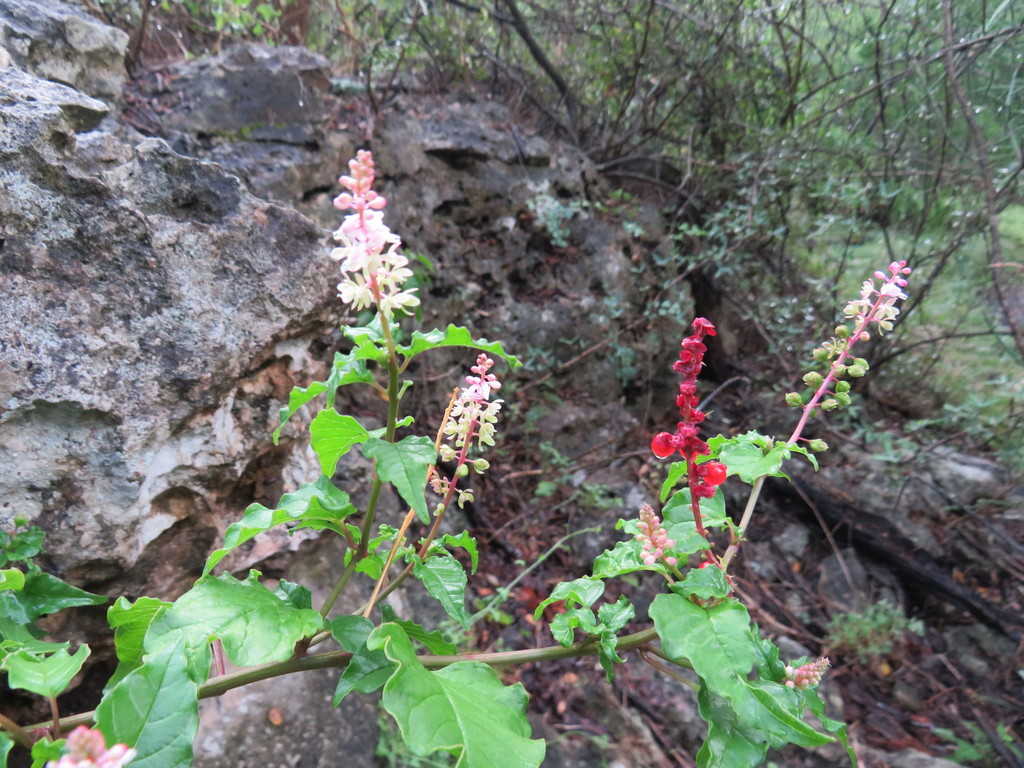
Black-Eyed Susan
Rudbeckia hirta
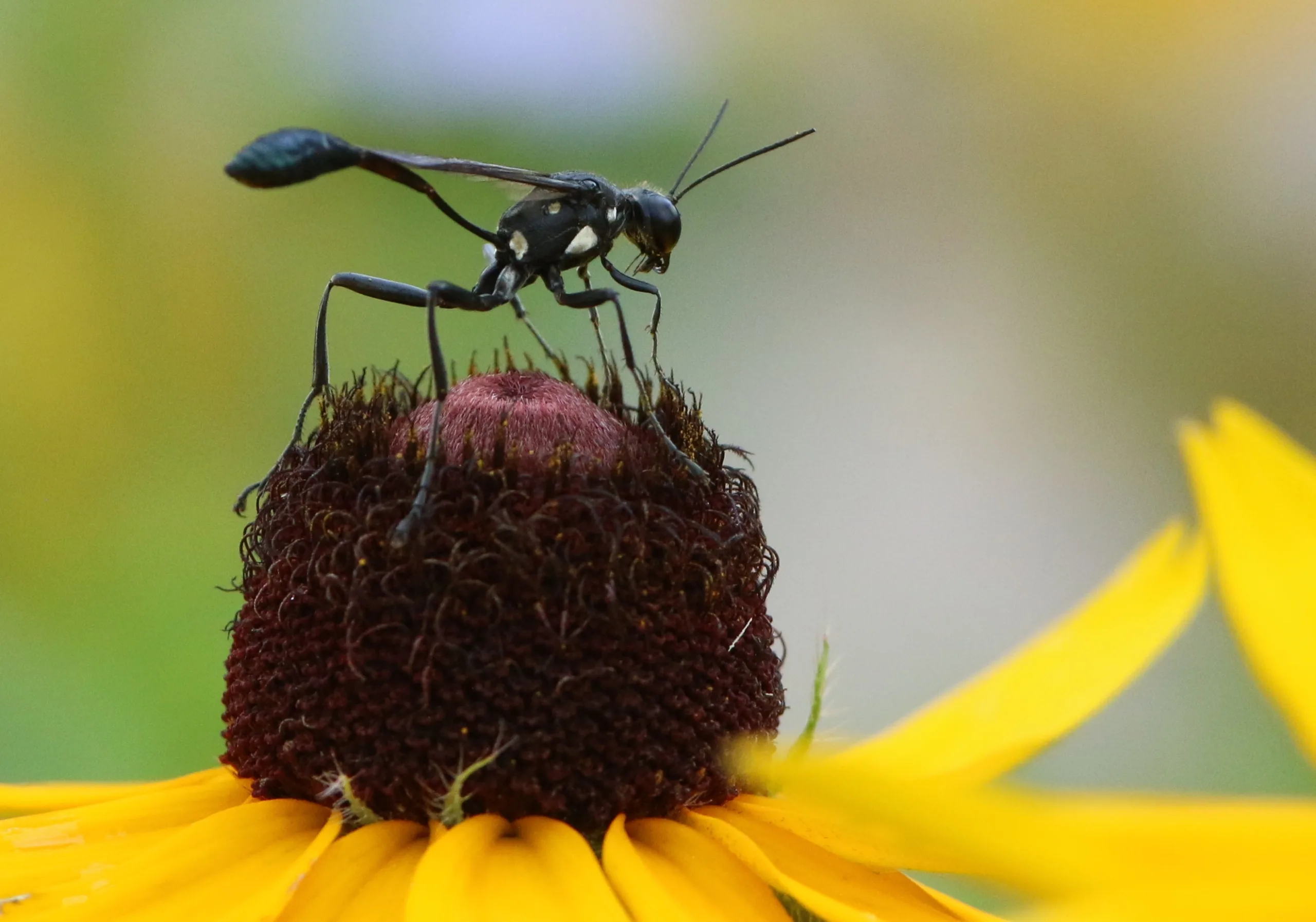
Scarlet Sage
Salvia coccinea
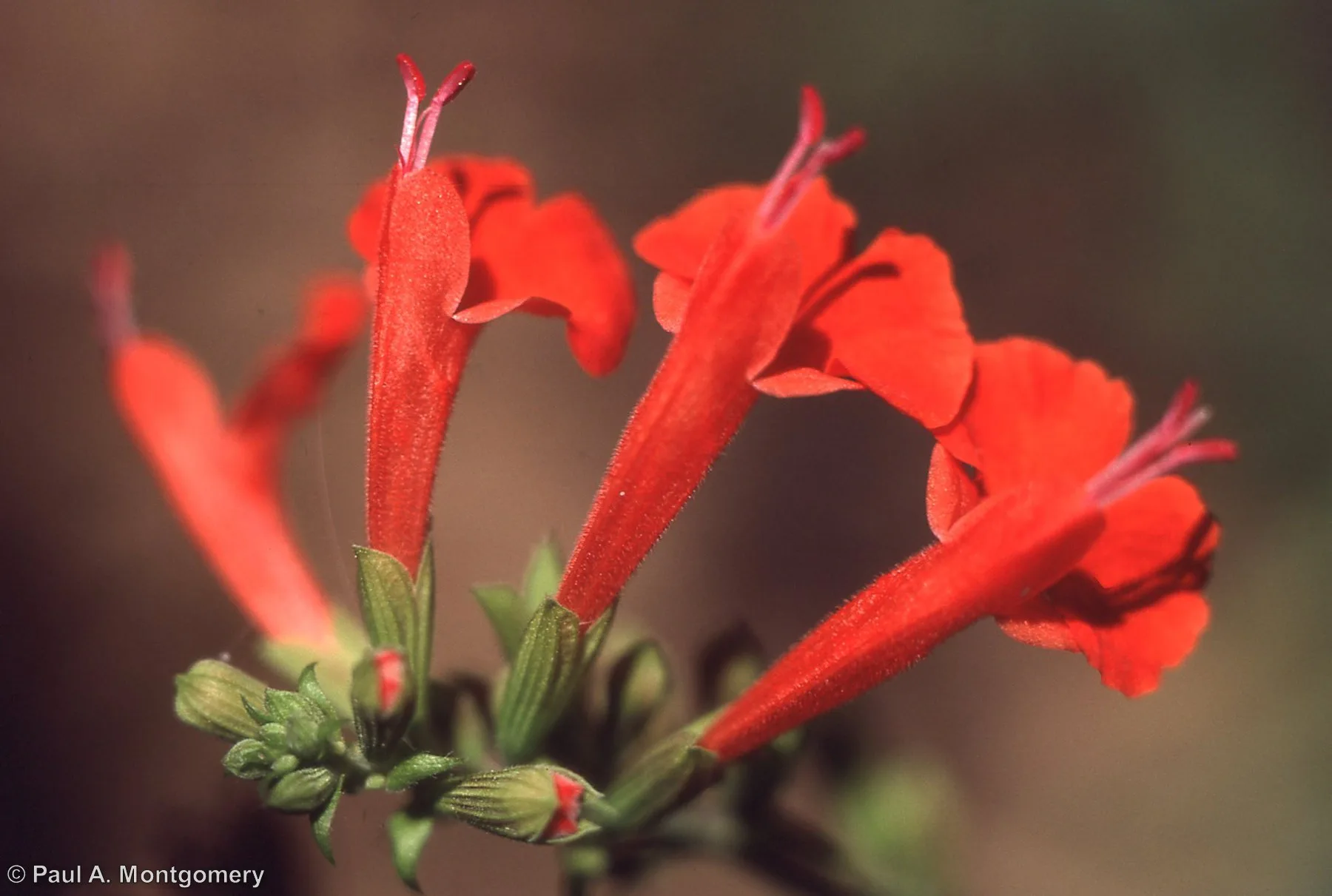
Lyre Leaf Sage
Salvia lyrata
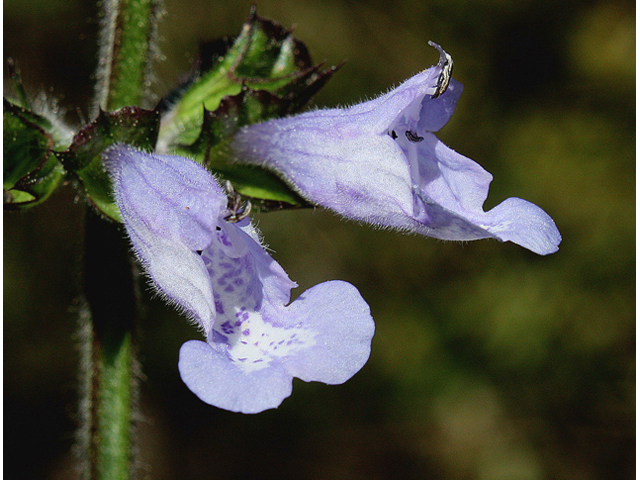
Heartleaf Skullcap
Scutellaria ovata
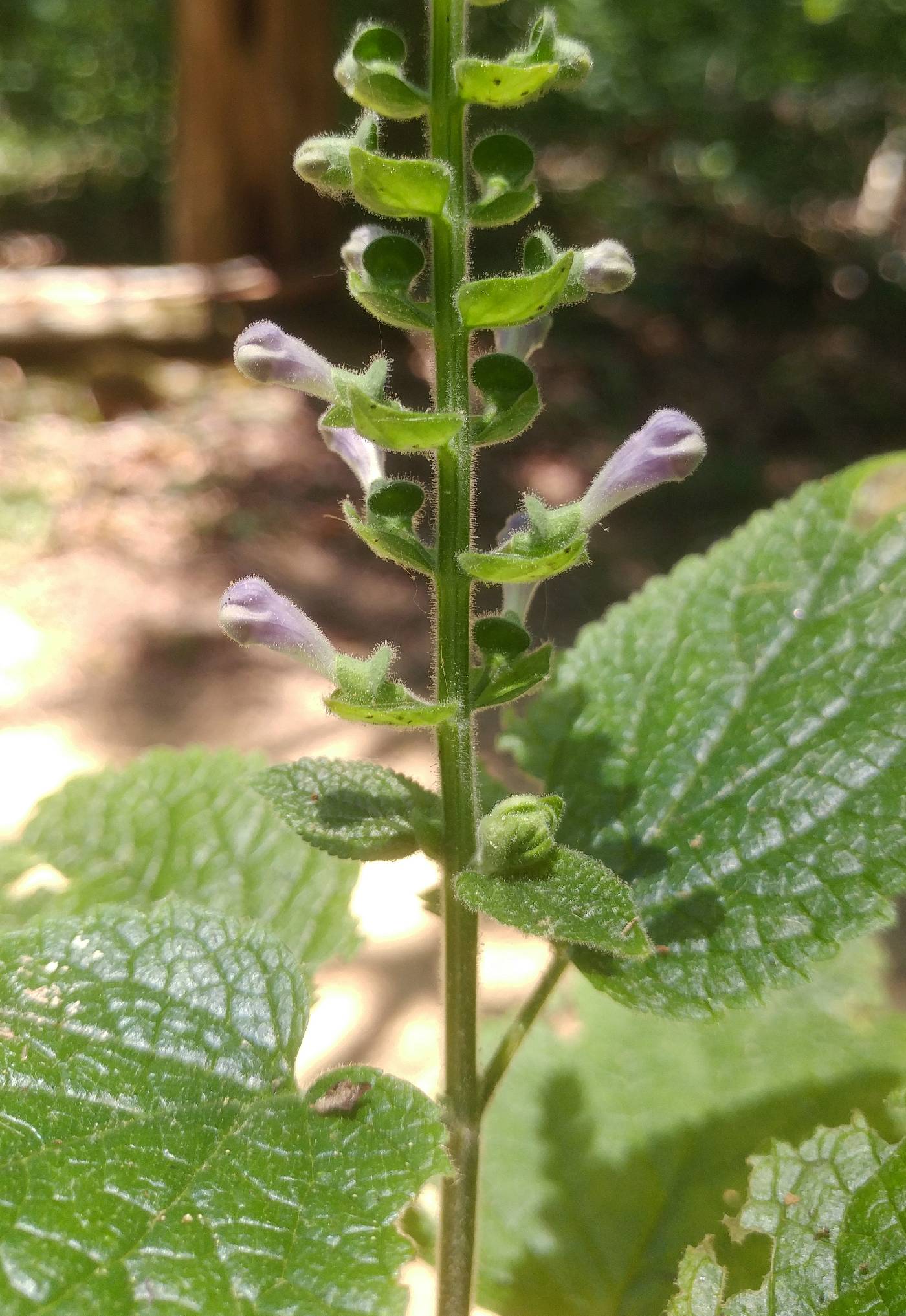
Tall Goldenrod
Solidago altissima
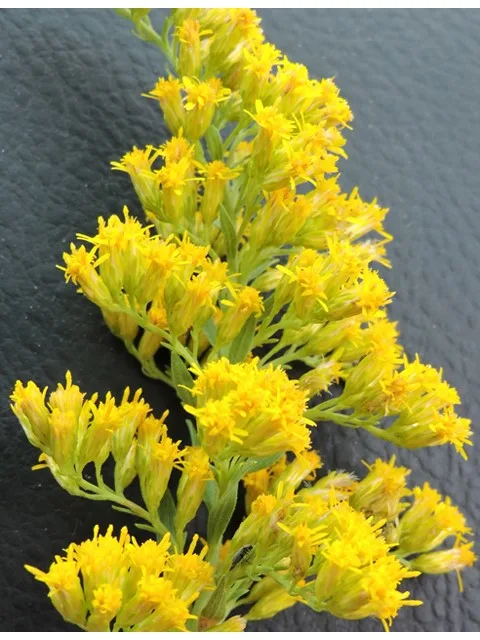
Blue-stemmed Goldenrod
Solidago caesia
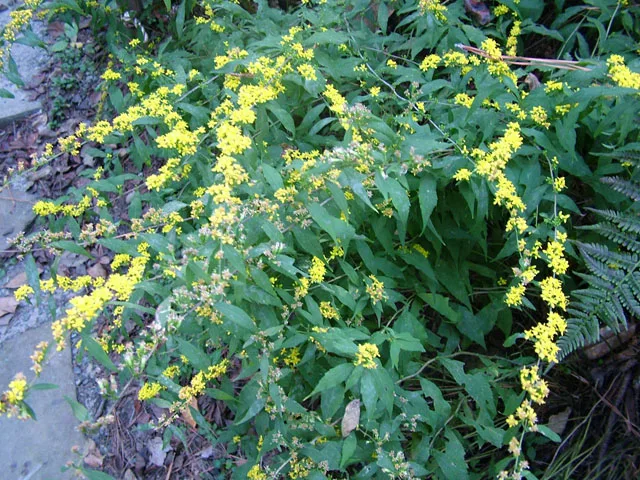
Prairie Goldenrod
Solidago nemoralis
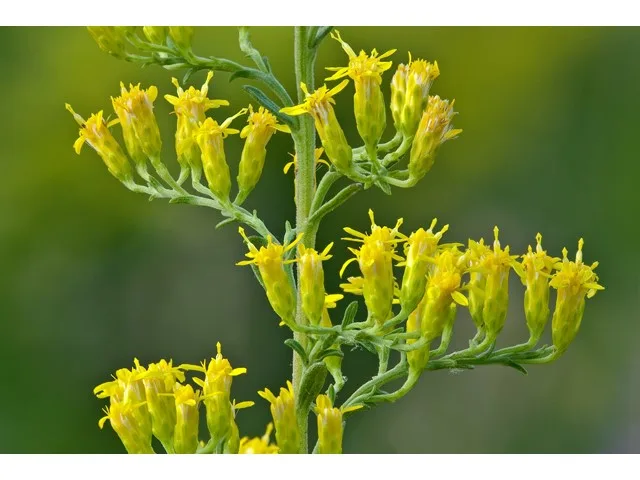
False pennyroyal
Trichostema brachiatum
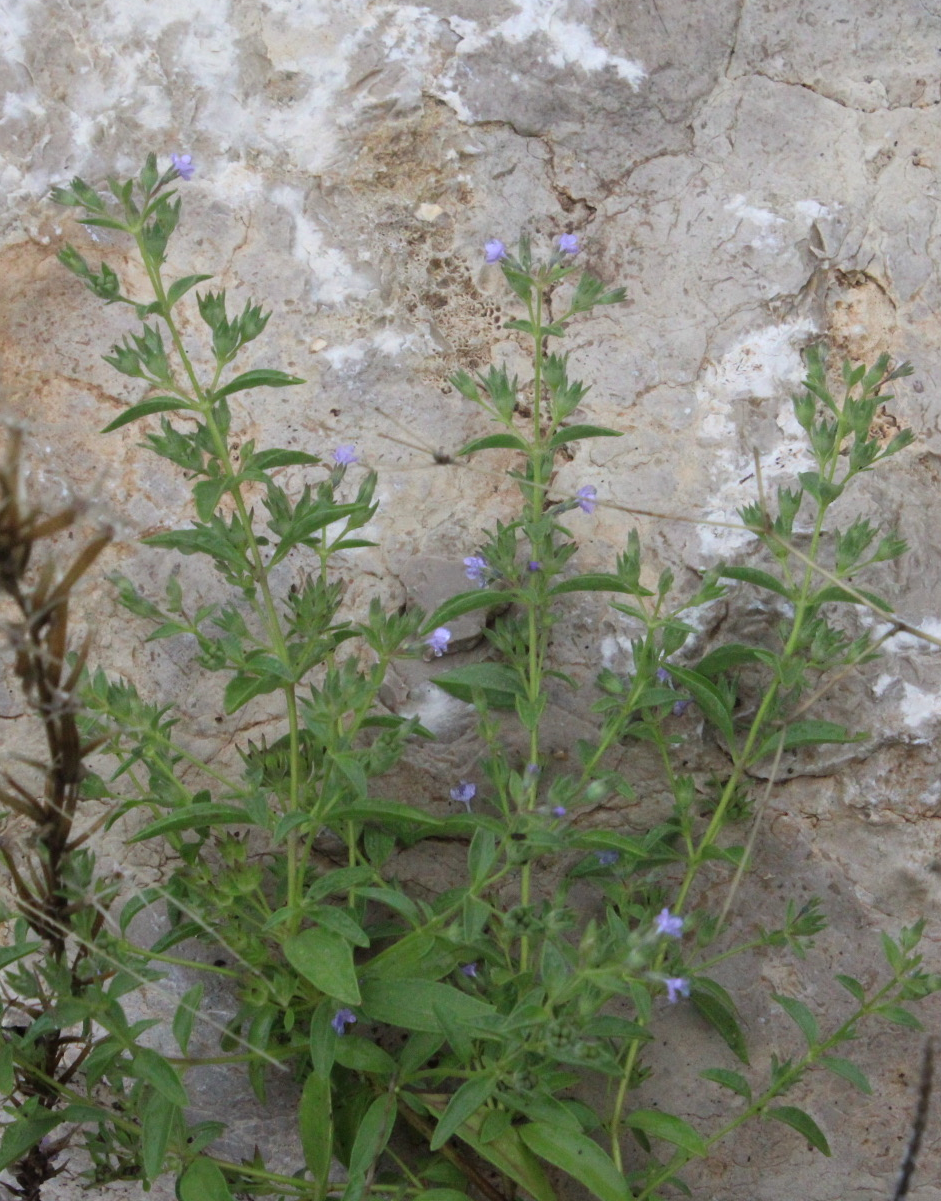
Frostweed
Verbesina virginica
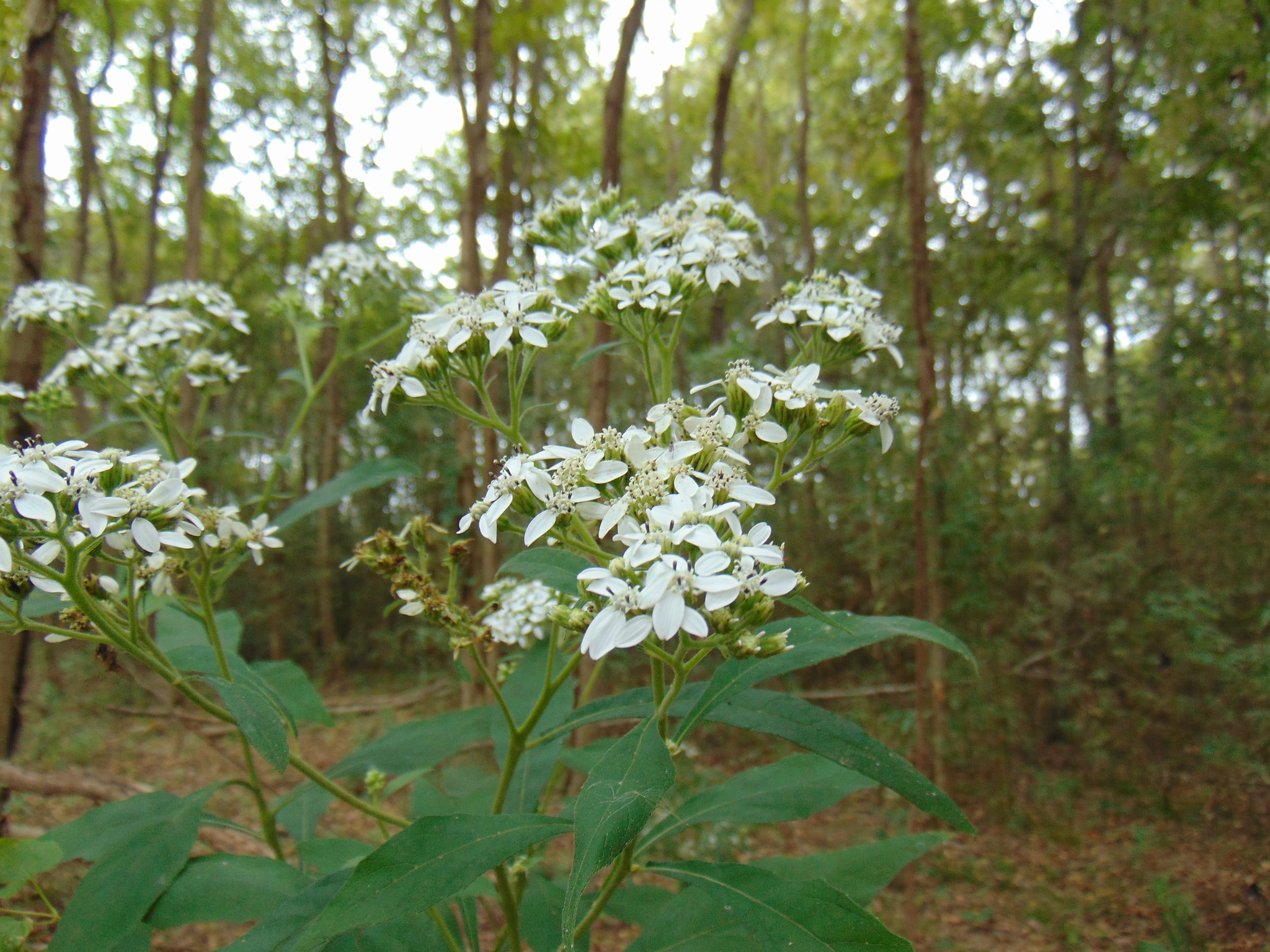
Western Ironweed
Vernonia baldwinii
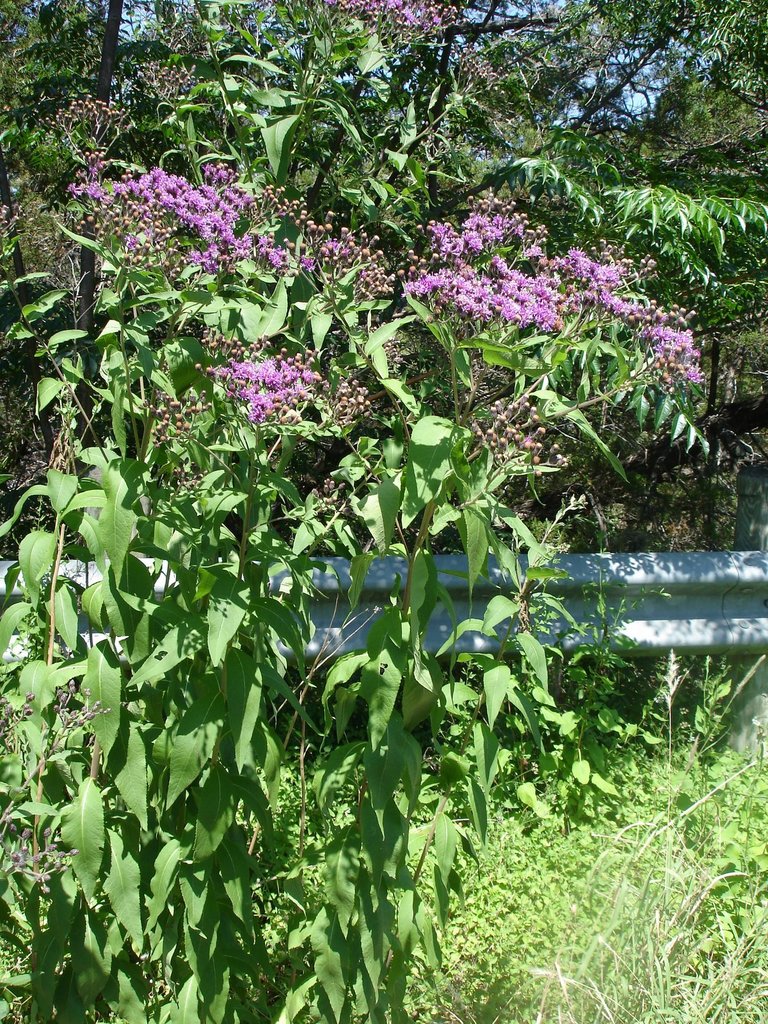
Woolly Ironweed
Vernonia lindheimeri

Golden Alexanders
Zizia aurea
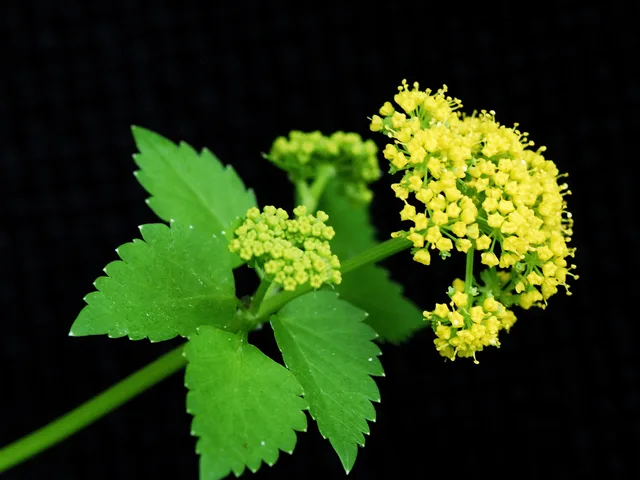
Grass & Sedge
Sideoats Grama
Bouteloua curtipendula

Cherokee Sedge
Carex cherokeensis
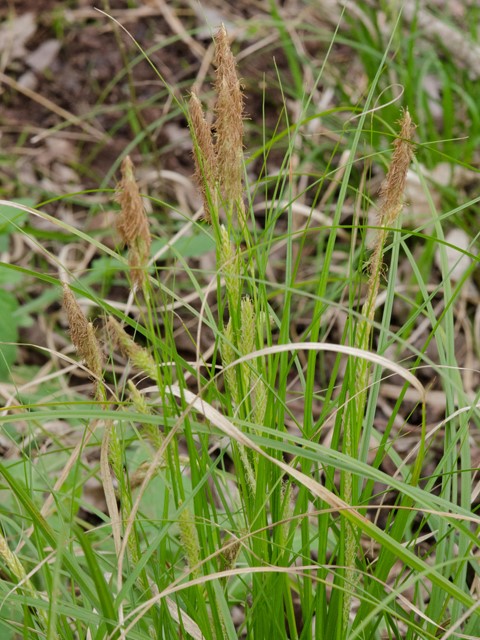
Sand Sedge
Carex perdentata
Inland Sea Oats
Chasmanthium latifolium
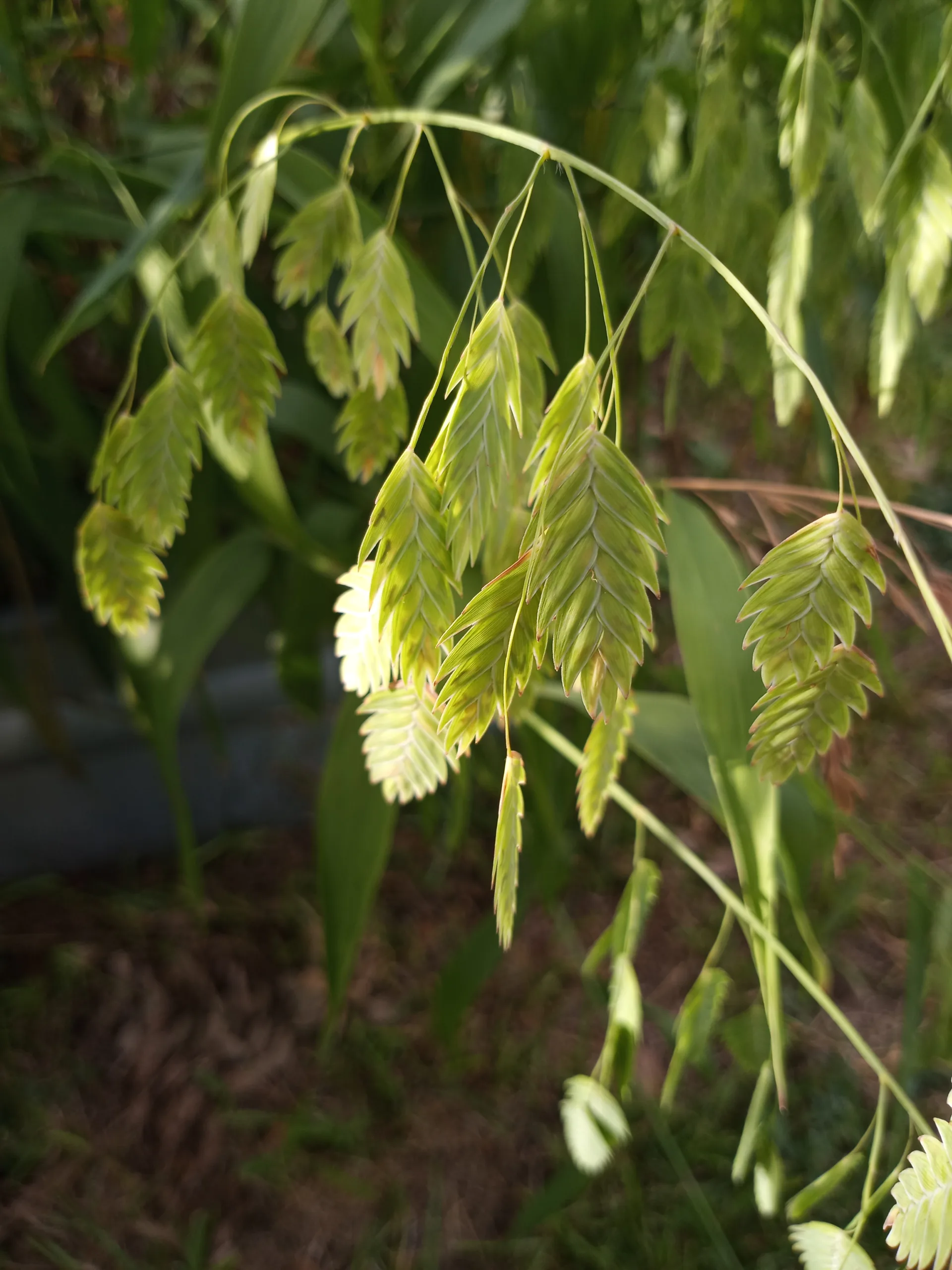
Seep Muhly
Muhlenbergia reverchonii
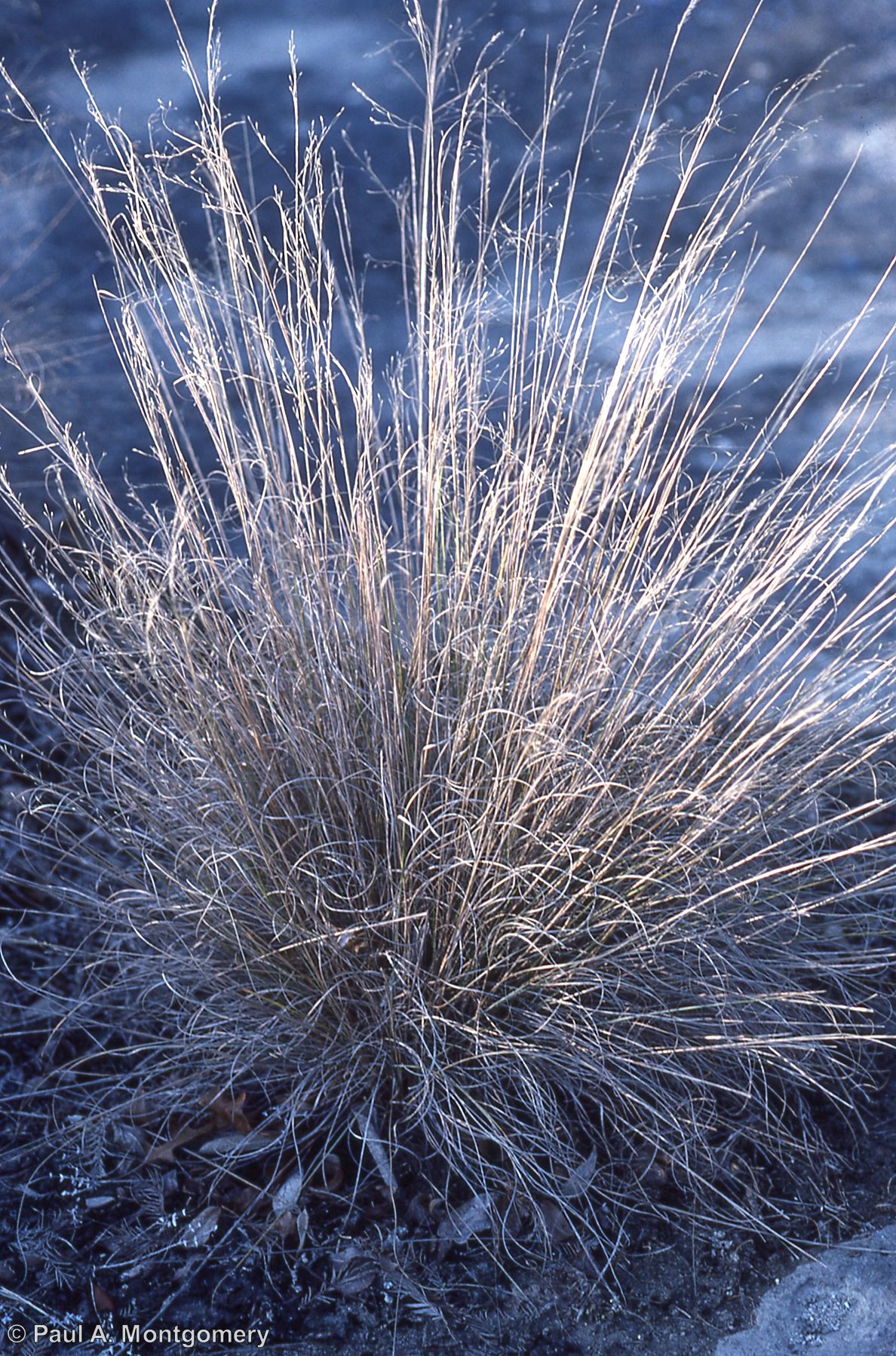
Little Bluestem
Schizachyrium scoparium
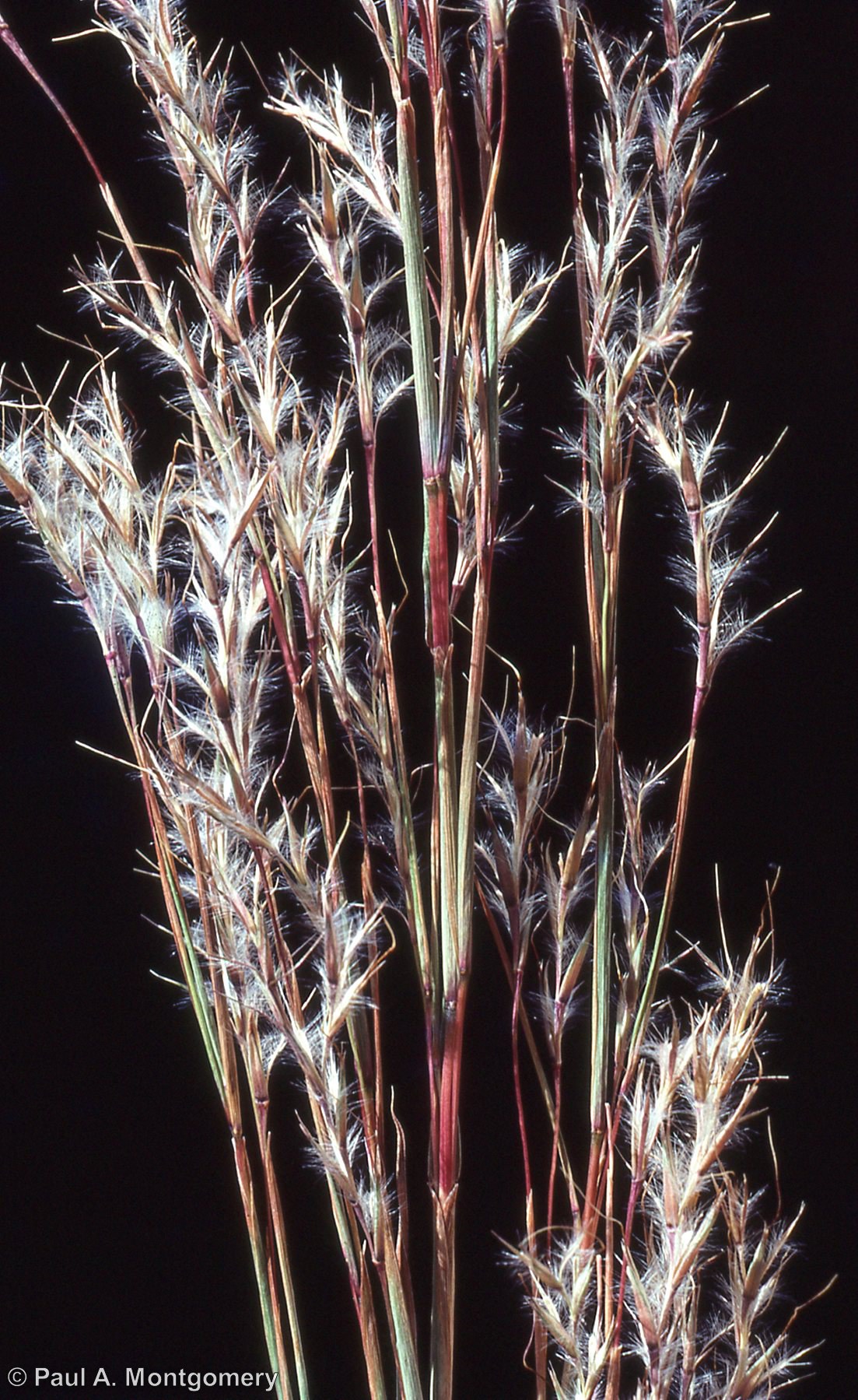
Fern
Groundcover
Snakeherb
Dyschoriste linearis
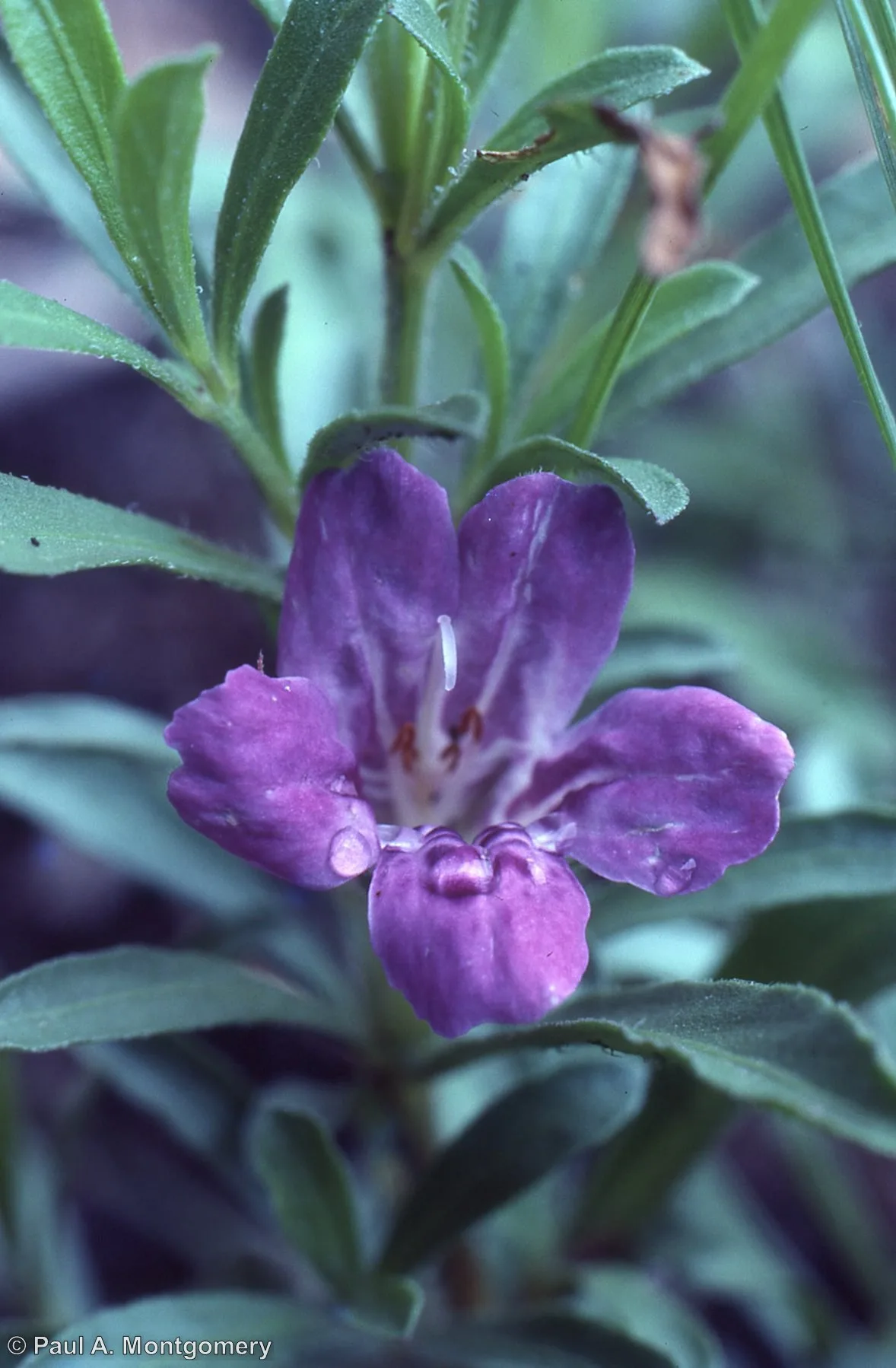
White Avens
Geum canadense
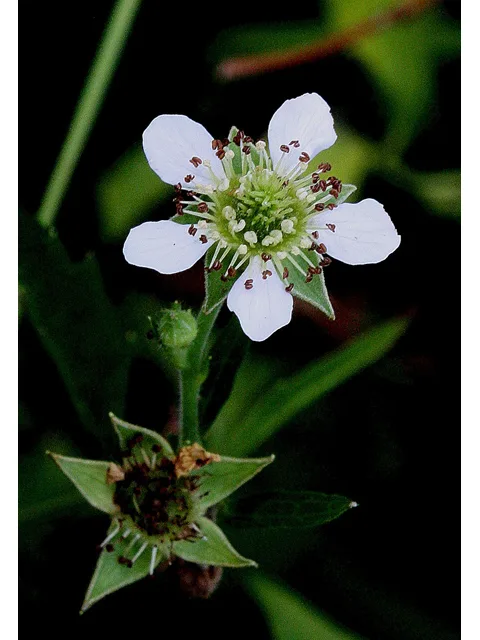
Common Blue Violet
Viola sororia var. missouriensis
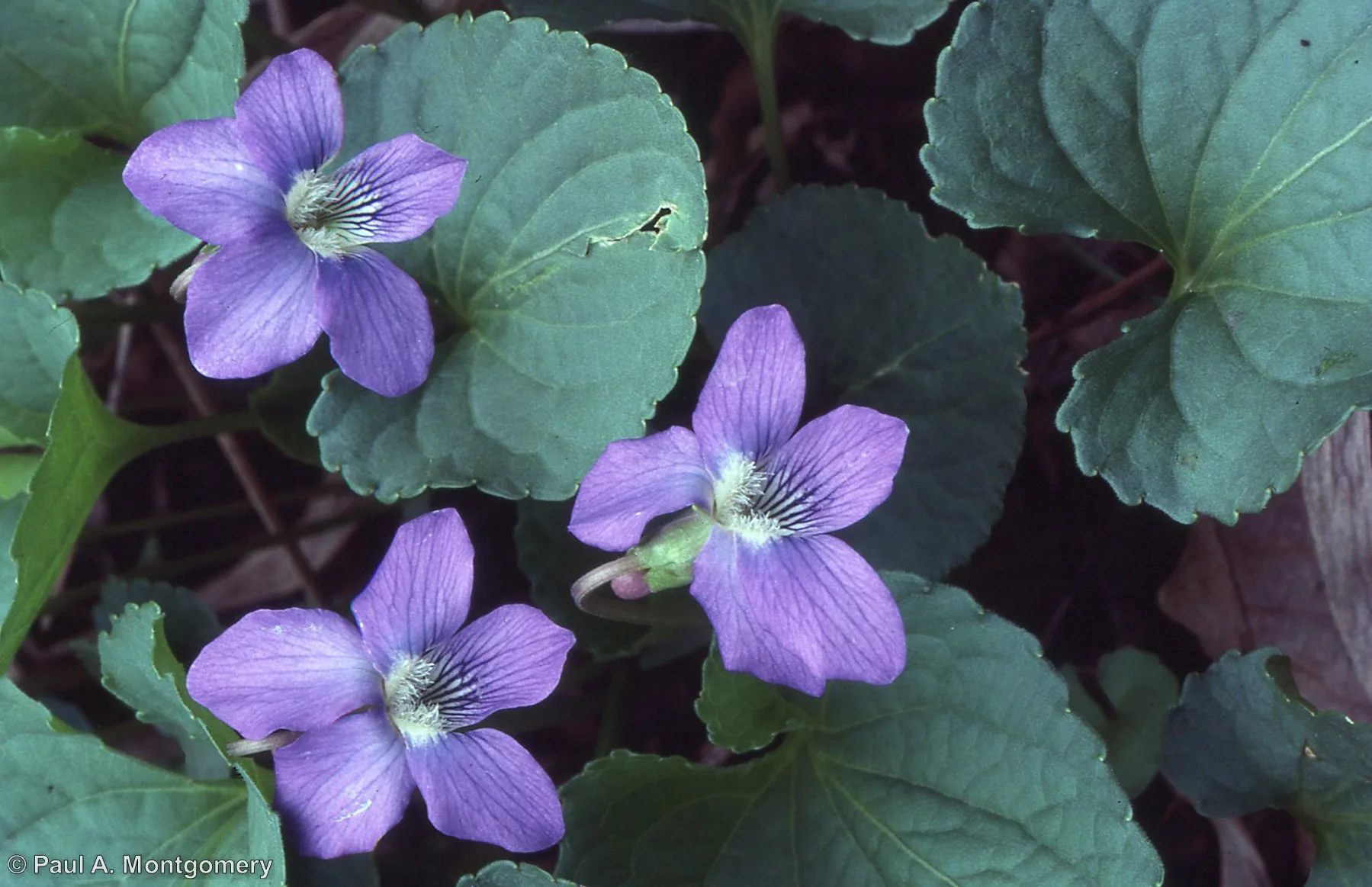
Shrub
Wahoo
Euonymus atropurpureus

Turk's Cap
Malvaviscus arboreus
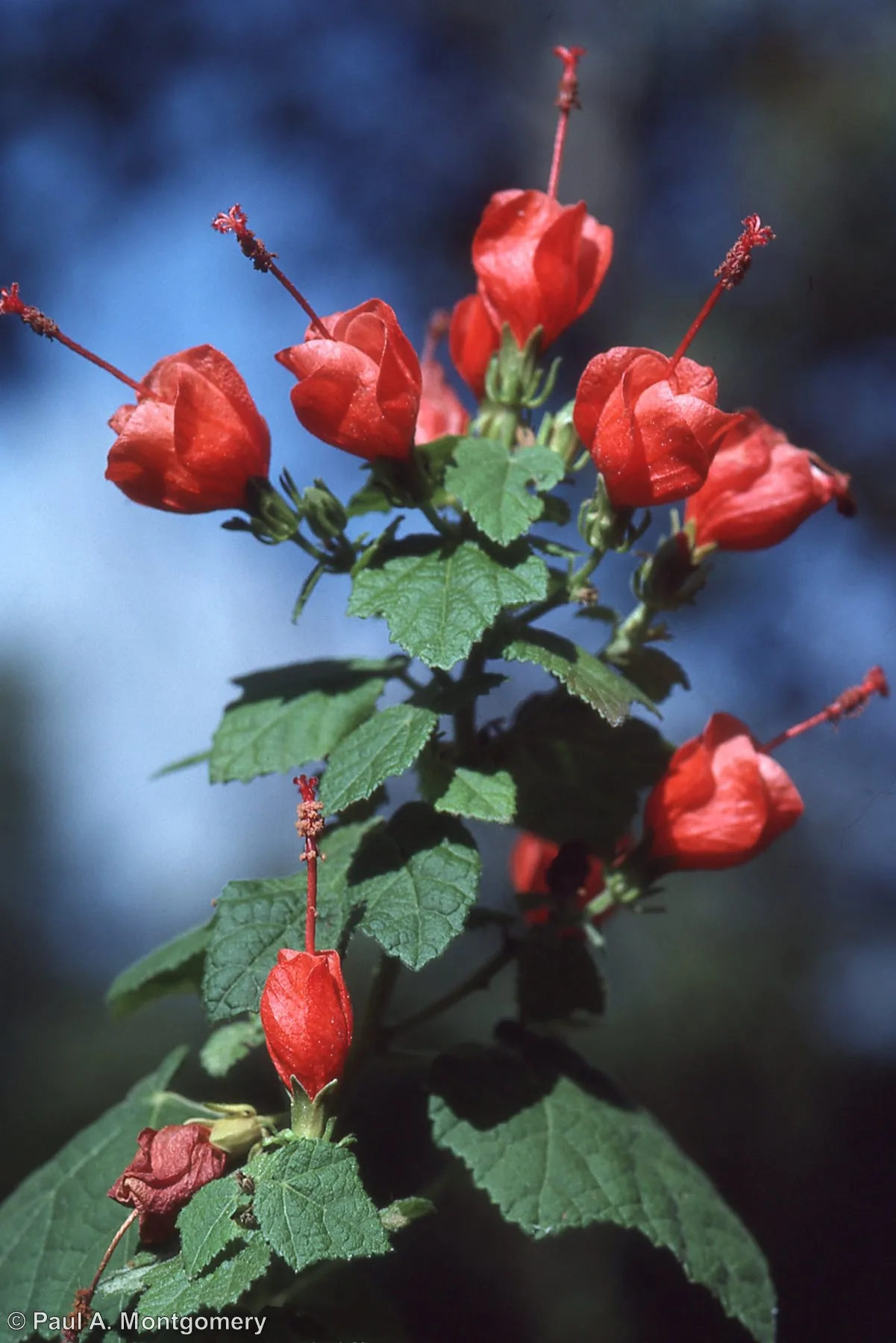
Rock Rose
Pavonia lasiopetala
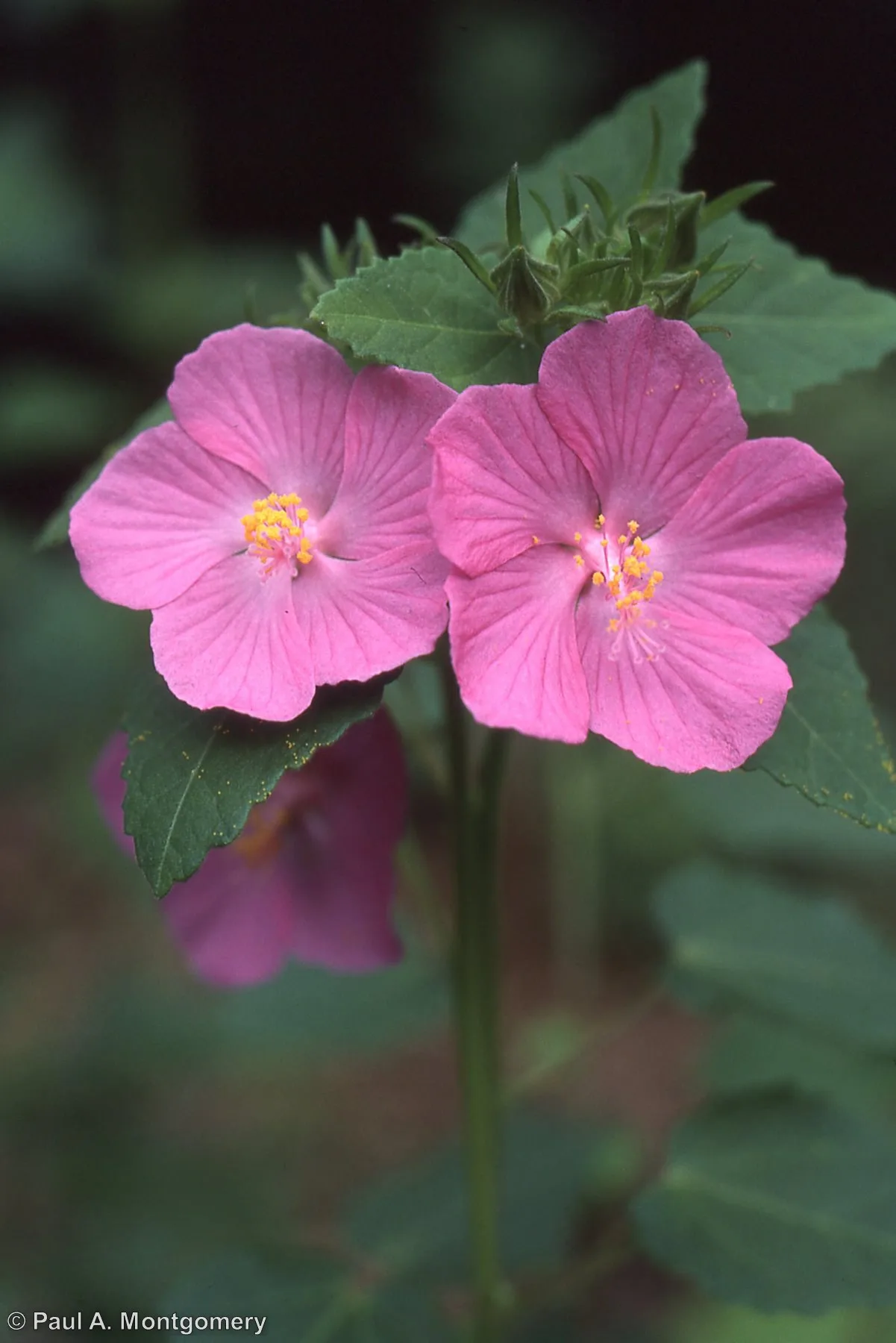
Dwarf Palmetto
Sabal minor
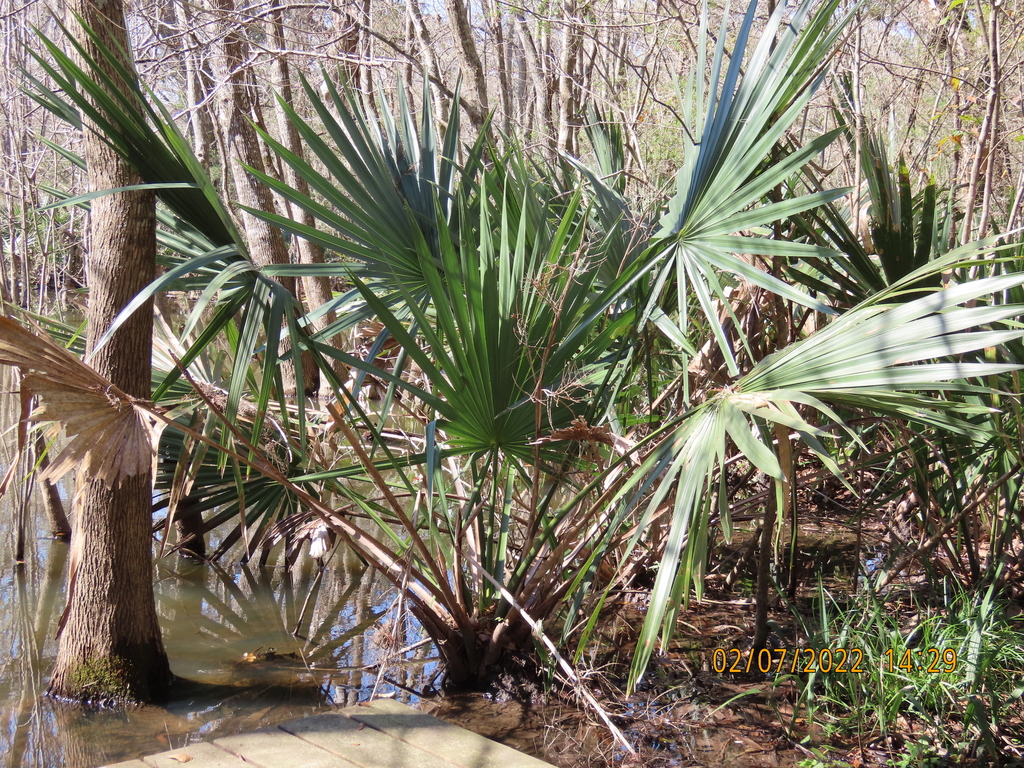
Coralberry
Symphoricarpos orbiculatus
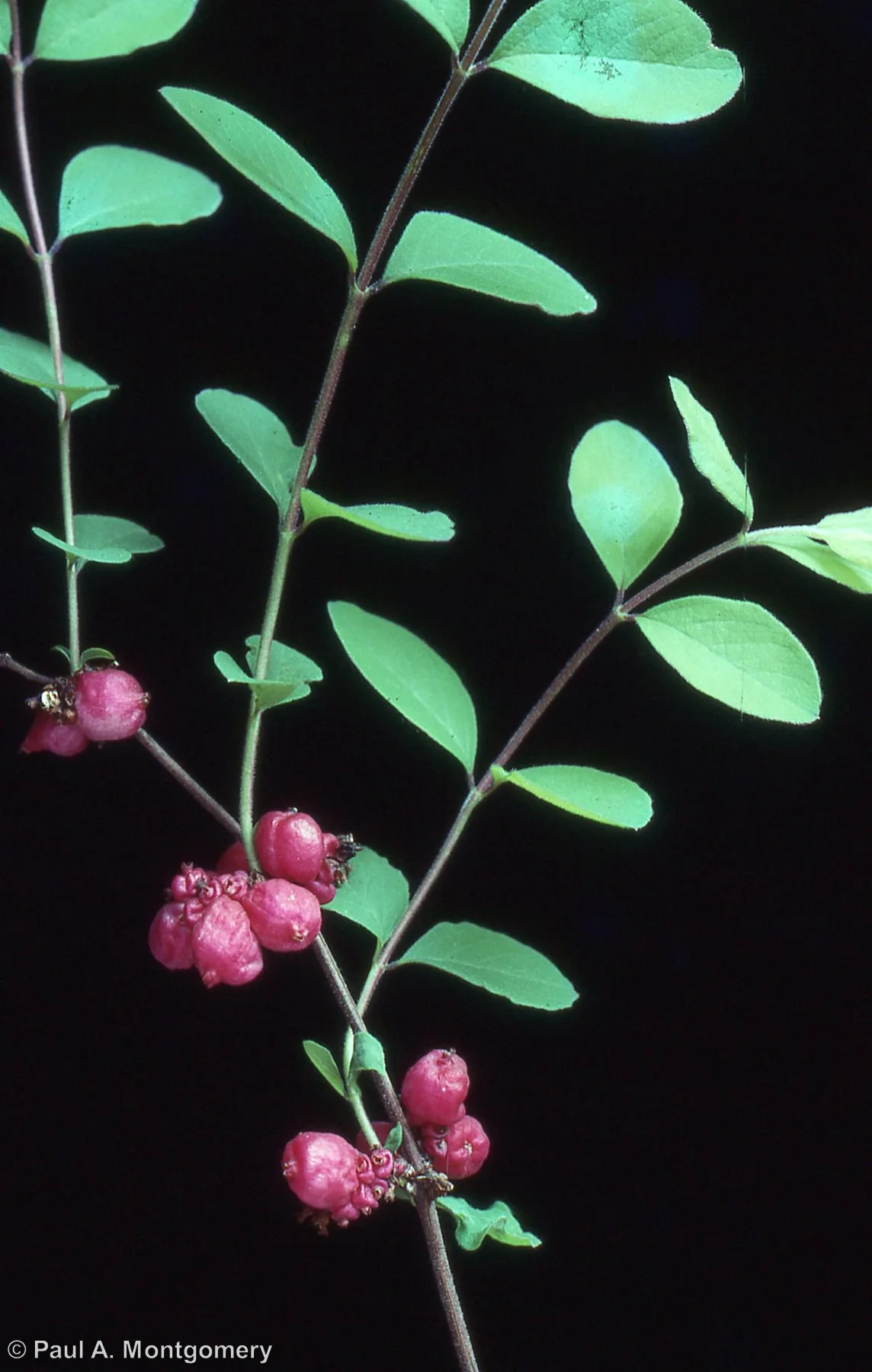
Vine
Cactus & Succulent
Wetland
Tree
| Common Name | Scientific Name | Growth Form | Light Requirement | Water Requirement |
|---|---|---|---|---|
| Angel Trumpet | Datura wrightii | Herbaceous | Sun | Medium |
| Black-Eyed Susan | Rudbeckia hirta | Herbaceous | Sun | Medium |
| Blue-stemmed Goldenrod | Solidago caesia | Herbaceous | Sun, Part Shade | Low, Medium |
| Cherokee Sedge | Carex cherokeensis | Grass & Sedge | Part Shade | Medium |
| Common Blue Violet | Viola sororia var. missouriensis | Groundcover | Part Shade, Shade | Medium |
| Coralberry | Symphoricarpos orbiculatus | Shrub | Shade | Low, Medium |
| Dwarf Palmetto | Sabal minor | Shrub | Sun, Part Shade, Shade | Medium |
| Engelmann's Daisy | Engelmannia peristenia | Herbaceous | Sun | Medium |
| False pennyroyal | Trichostema brachiatum | Herbaceous | Part Shade | Low |
| Firewheel | Gaillardia pulchella | Herbaceous | Sun | Medium |
| Frostweed | Verbesina virginica | Herbaceous | Part Shade, Shade | Low, Medium |
| Golden Alexanders | Zizia aurea | Herbaceous | Sun, Part Shade | Low, Medium |
| Golden Groundsel | Packera obovata | Herbaceous | Part Shade, Shade | Low, Medium |
| Green Milkweed | Asclepias viridis | Herbaceous | Sun | Low |
| Gregg's Mistflower | Conoclinium dissectum | Herbaceous | Sun, Part Shade | Low, Medium |
| Gulf Coast Penstemon | Penstemon tenuis | Herbaceous | Sun, Part Shade | Medium |
| Hairy Sunflower | Helianthus hirsutus | Herbaceous | Sun, Part Shade, Shade | Low, Medium |
| Heartleaf Skullcap | Scutellaria ovata | Herbaceous | Part Shade, Shade | Low, Medium |
| Horsemint | Monarda citriodora | Herbaceous | Sun, Part Shade | Low |
| Inland Sea Oats | Chasmanthium latifolium | Grass & Sedge | Part Shade, Shade | Low, Medium |
| Lanceleaf Coreopsis | Coreopsis lanceolata | Herbaceous | Sun, Part Shade, Shade | Medium |
| Late Boneset | Eupatorium serotinum | Herbaceous | Part Shade | Medium |
| Little Bluestem | Schizachyrium scoparium | Grass & Sedge | Sun, Part Shade | Low, Medium |
| Longleaf Buckwheat | Eriogonum longifolium var. longifolium | Herbaceous | Sun | Very Low, Low |
| Lyre Leaf Sage | Salvia lyrata | Herbaceous | Sun, Part Shade, Shade | Low, Medium |
| Maximilian Sunflower | Helianthus maximiliani | Herbaceous | Sun | Low, Medium |
| Meadow Garlic | Allium canadense | Herbaceous | Sun, Part Shade | Medium |
| Narrowleaf Mountain Mint | Pycnanthemum tenuifolium | Herbaceous | Sun, Part Shade | Medium |
| Obedient Plant | Physostegia virginiana | Herbaceous | Sun, Part Shade, Shade | Medium, High |
| Pearl Milkweed Vine | Matelea reticulata | Vine | Part Shade | Low |
| Pecan | Carya illinoinensis | Tree | Sun | High |
| Pigeonberry | Rivina humilis | Herbaceous | Shade | Medium |
| Pink Evening Primrose | Oenothera speciosa | Herbaceous | Sun | Low, Medium |
| Prairie Goldenrod | Solidago nemoralis | Herbaceous | Sun, Part Shade, Shade | Medium |
| Prairie Onion | Allium stellatum | Herbaceous | Sun, Part Shade | Medium |
| Prairie Verbena | Glandularia bipinnatifida | Herbaceous | Sun, Part Shade | Low, Medium |
| Prickly Pear | Opuntia engelmannii | Cactus & Succulent | Sun, Part Shade | Low |
| Purple Leatherflower | Clematis pitcheri | Vine | Sun, Part Shade | Medium |
| Rock Rose | Pavonia lasiopetala | Shrub | Sun, Part Shade | Low |
| Sand Sedge | Carex perdentata | Grass & Sedge | Sun | Medium |
| Scarlet Sage | Salvia coccinea | Herbaceous | Sun, Part Shade, Shade | Low, Medium |
| Scurfy Pea | Psoralidium tenuiflorum | Herbaceous | Sun | Very Low, Low |
| Seep Muhly | Muhlenbergia reverchonii | Grass & Sedge | Sun | Medium |
| Sideoats Grama | Bouteloua curtipendula | Grass & Sedge | Sun, Part Shade | Medium, High |
| Snakeherb | Dyschoriste linearis | Groundcover | Sun | Low |
| Standing Cypress | Ipomopsis rubra | Herbaceous | Sun, Part Shade | Low, Medium |
| Tall Goldenrod | Solidago altissima | Herbaceous | Sun, Part Shade | Medium |
| Tall Poppymallow | Callirhoe leiocarpa | Herbaceous | Sun, Part Shade | Low |
| Texas Prairie Parsley | Polytaenia texana | Herbaceous | Sun | Very Low, Low |
| Texas Thistle | Cirsium texanum | Herbaceous | Sun | Low |
| Texas yellowstar | Lindheimera texana | Herbaceous | Sun | Low |
| Turk's Cap | Malvaviscus arboreus | Shrub | Sun, Shade | Low, Medium |
| Wahoo | Euonymus atropurpureus | Shrub | Sun, Part Shade, Shade | Medium, High |
| Western Ironweed | Vernonia baldwinii | Herbaceous | Sun, Part Shade | Low |
| White Avens | Geum canadense | Groundcover | Part Shade, Shade | Medium |
| Wild Foxglove | Penstemon cobaea | Herbaceous | Sun, Part Shade | Low, Medium |
| Wild Red Columbine | Aquilegia canadensis | Herbaceous | Part Shade, Shade | Low, Medium |
| Woolly Ironweed | Vernonia lindheimeri | Herbaceous | Sun | Low |
| Zizotes Milkweed | Asclepias oenotheroides | Herbaceous | Sun | Low |
